This winter we decided once again to spend a few months in Galicia. When we came back, we chose to follow a different itinerary than the previous year (remember, we went through the north coast of Spain and discovered the Asturias and Cantabria regions). In short, in 2022 we went "straight" inland and in particular by the site of Las Medulas and the city of Ponferrada.
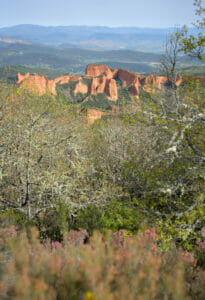
It's funny, because when we talk about Castilla y Leon to Spanish people, they easily tend to tell us that there is "nothing to see" in this region 😉 So I promise, between this article and the following ones, we plan to show you that this reputation is largely unjustified! 🙂
We start this little series of articles on Castilla y León with the part that is the most western, I named the beautiful city of Ponferrada and the site of Las Medulas located not far from there. If the name Las Medulas doesn't ring a bell, maybe the picture on the right will remind you of something. Las Medulas is a UNESCO World Heritage Site and is known as one of the most remarkable remnants of gold mining sites dating back to the Roman era (no less).
For the rest of our discoveries in the north of Castilla y León the links are just below:
- Our post about the remote village of Peñalba de Santiago and Astorga
- Our post about the Valporquero cave and the Riaño mountains
Las Medulas: open-air museum in the Bierzo
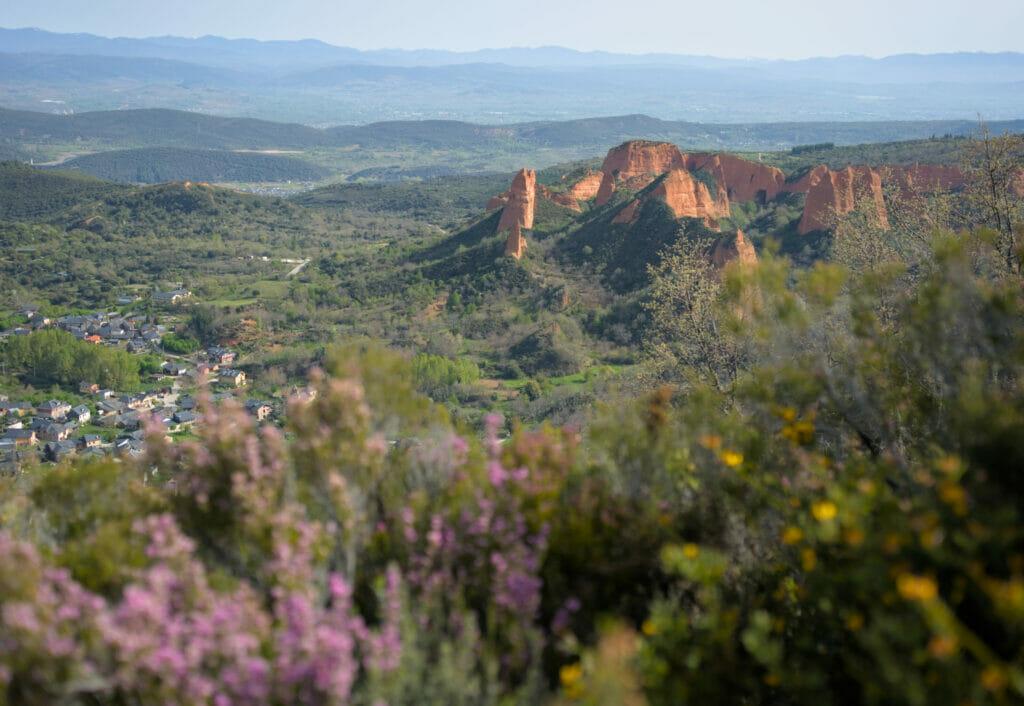
In fact it's funny, because when you look at the site of the Medulas you have the impression to be in front of badlands, lands that have been sculpted in a natural way by the waters and the erosion. But in Las Medulas this is not the case (or almost). Everything we see here is in fact the work of the Romans, who between the 1st and 3rd century AD were present in the area and exploited these mountains for the gold they contained.
The technique used at the time consisted of building tunnels and galleries in the relatively friable clay rock, then flooding these cavities to collapse sections of the mountain. The debris was then washed and sorted to remove fine gold particles.
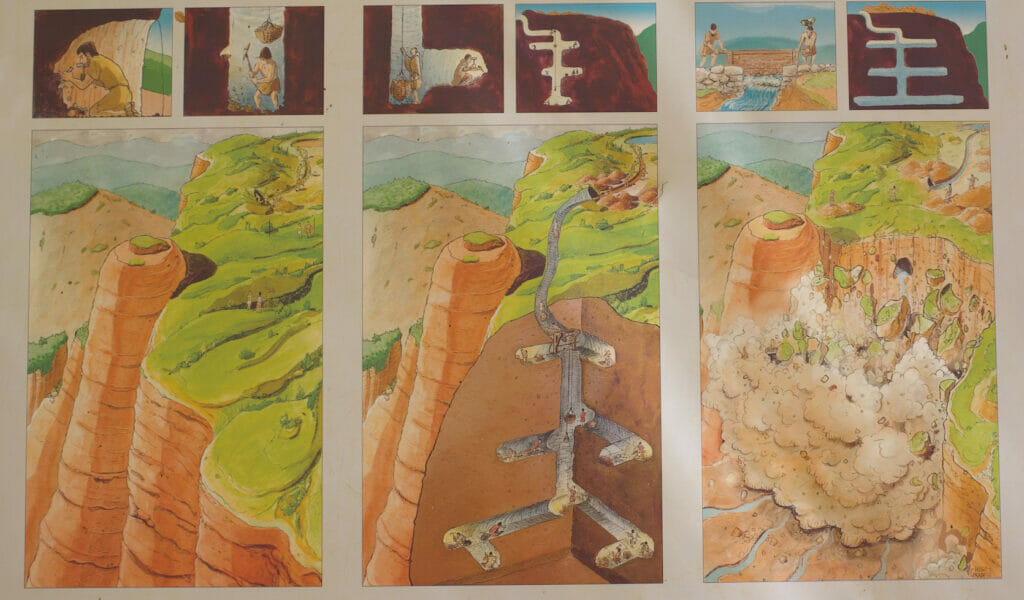
To realize the titanic workload that the extraction of gold represented, it must be said that in these rocks the concentration of gold is about 1 to 5 grams per TON! Understand by this, that to hope to recover 1 kilo of gold it was necessary to collapse between 200 and 1000 tons of rock! There is of course no official statistic dating from that time, but it is estimated that the exploitation of Las Medulas has allowed to extract about 1500 tons of gold during the more than 2 centuries of exploitation, that is to say about 5 tons of gold per year!
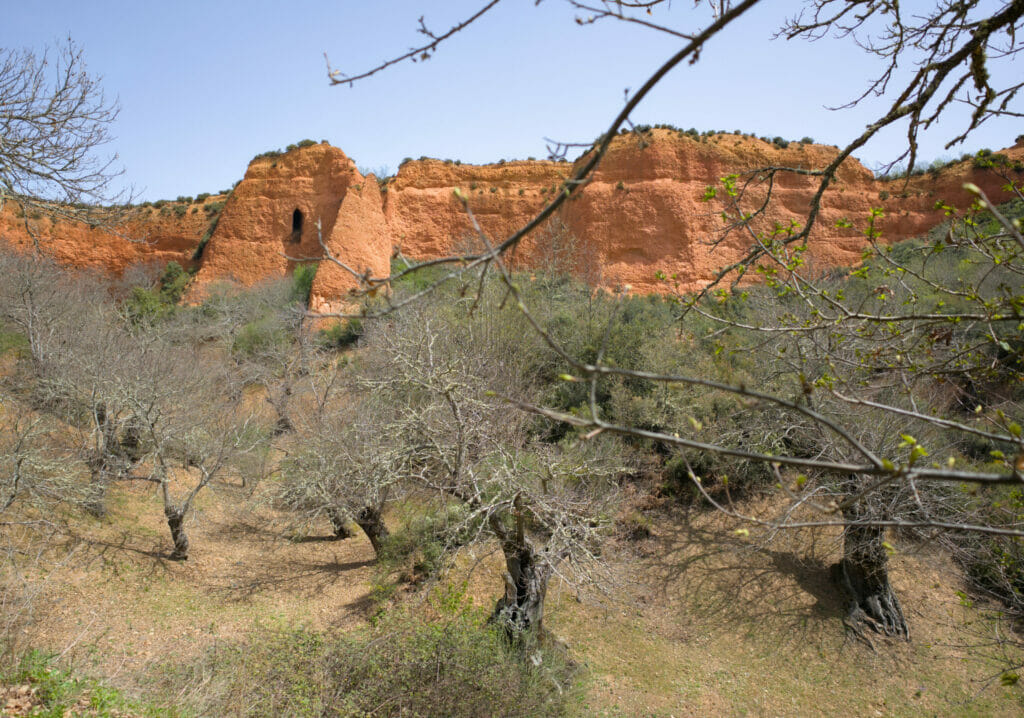
The area is now protected and classified as a UNESCO World Heritage Site.
Our hike to discover Las Medulas
You begin to know us… Hard to come to visit a natural site without at least planning a small hike 😉 This time, we decided to follow an itinerary which allows to make the complete tour of the site to have some nice bonus viewpoints on top. We take you along?
From Las Medulas to the viewpoint of Pedrices
The start of the hike is in the village of Las Medulas. From there, we left in direction of the mirador of Pedrices. This itinerary can seem counter-intuitive because we start by going away from the site 😉 But I reassure you, it is completely voluntary! In fact, we decided to make this loop because we also wanted to enjoy a view from "afar" of these old gold mines.
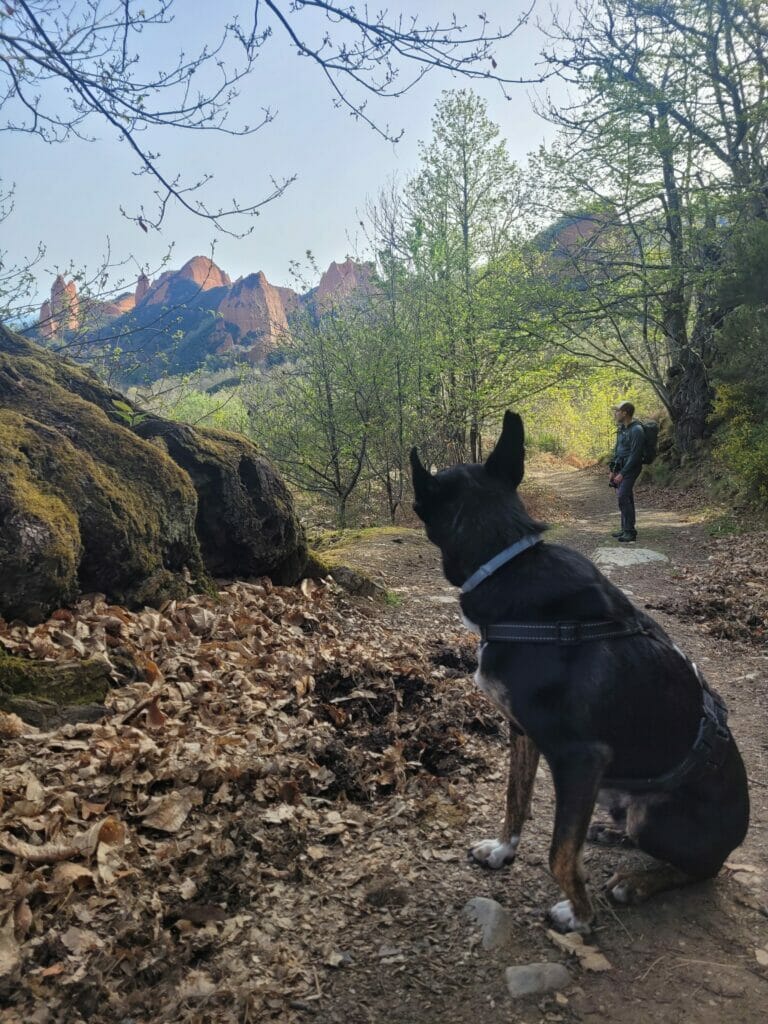
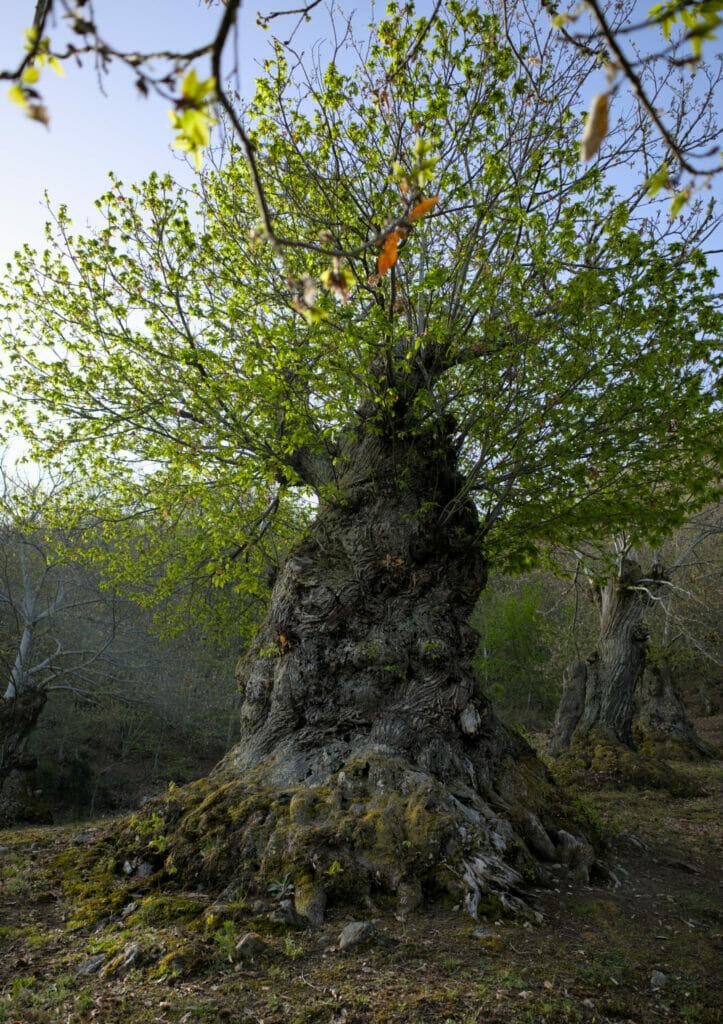
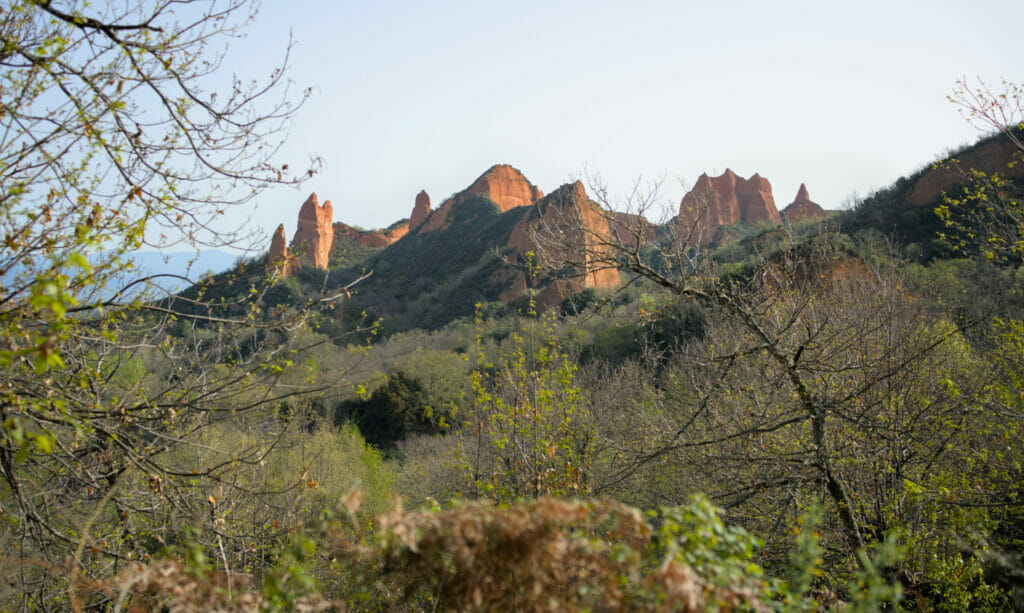
The first part of the walk makes us go up in direction of the first mirador while passing by a forest of oaks (centenarians for some). A first climb which is quite pleasant because there is a lot of shade (contrary to the rest of the walk) and as we progress, the view on the medulas is revealed.
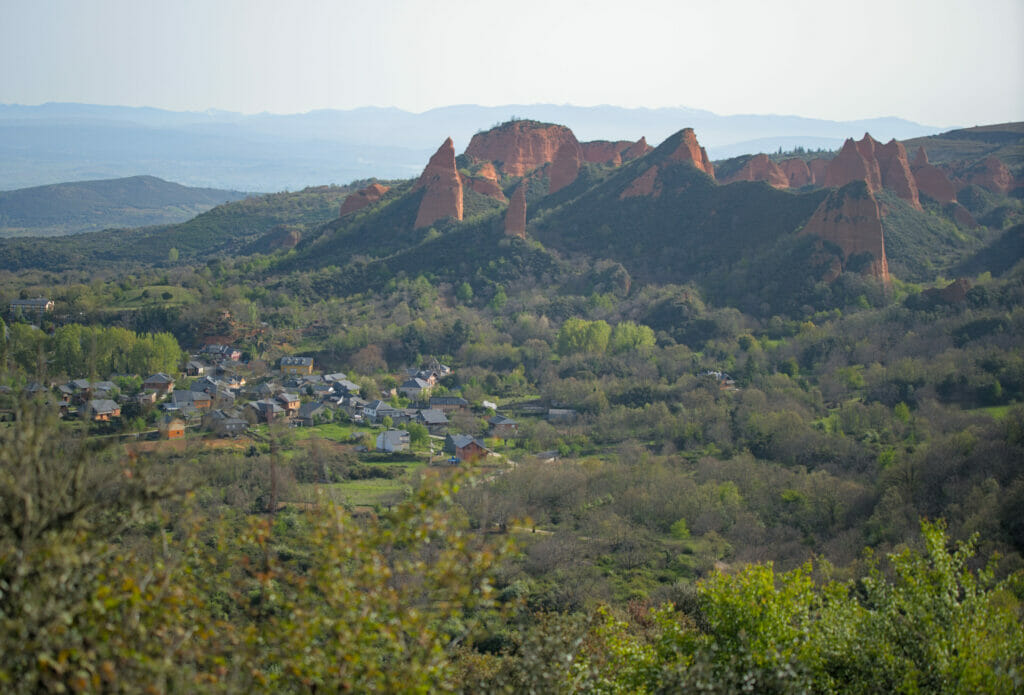
From the viewpoint, we have a beautiful view of the village and the Medulas in the background. But if this viewpoint is nice it is also because it offers a direct view on one of the mining sites of the time: Llagua de Yeres. An explanatory panel details the different steps used by the Romans to extract the gold.
Pico de placias: ridge path and panoramic view of Las Medulas
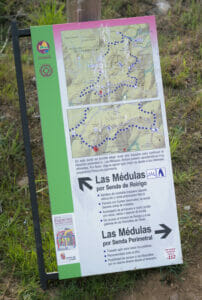
From the mirador, we followed a small part of the track until we reached a crossroads. Here the path splits in 2:
- An option by the track: a gentle and regular ascent
- The ridge walk marked as "mountain path requiring good shoes, good physical condition and not recommended for people prone to vertigo"
Hmm… Equipped with our small sneakers (and not mountain shoes) we looked at each other for a moment… We looked up and wondered where the mountains were??? 🙂 haha, I laugh a little, but it is true that the notion of "important difference in altitude" is rather subjective. We were at 860m altitude at the crossing and our map indicated the highest summit at 1022m. Not enough to scare the little Swiss that we are, far from it!
In short, all that to say that we did not hesitate one second. And as you can see on the pictures below, there was nothing to regret 😉
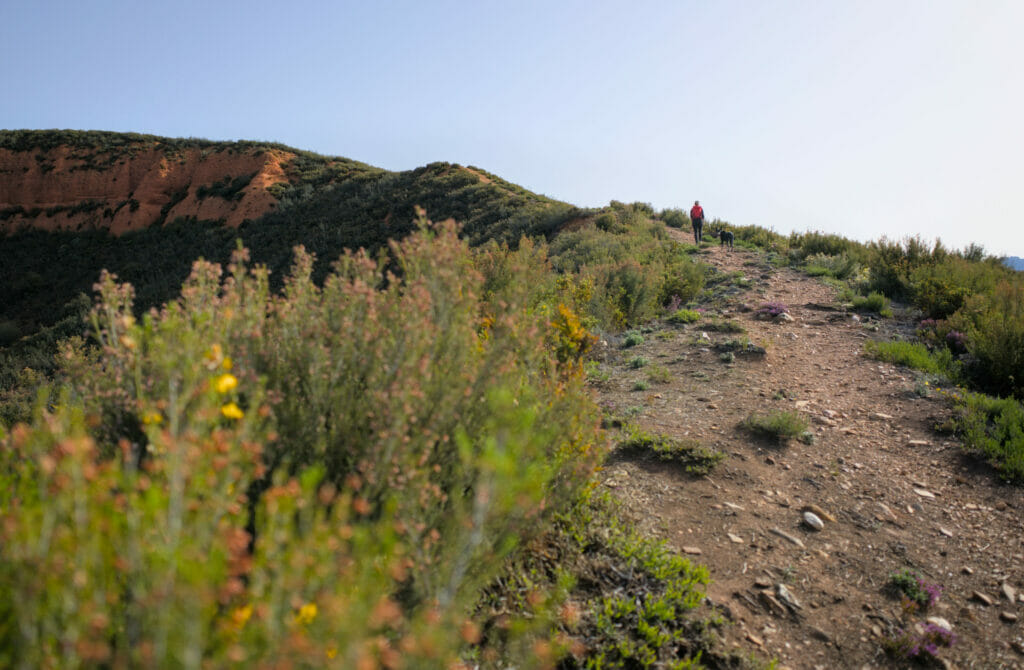
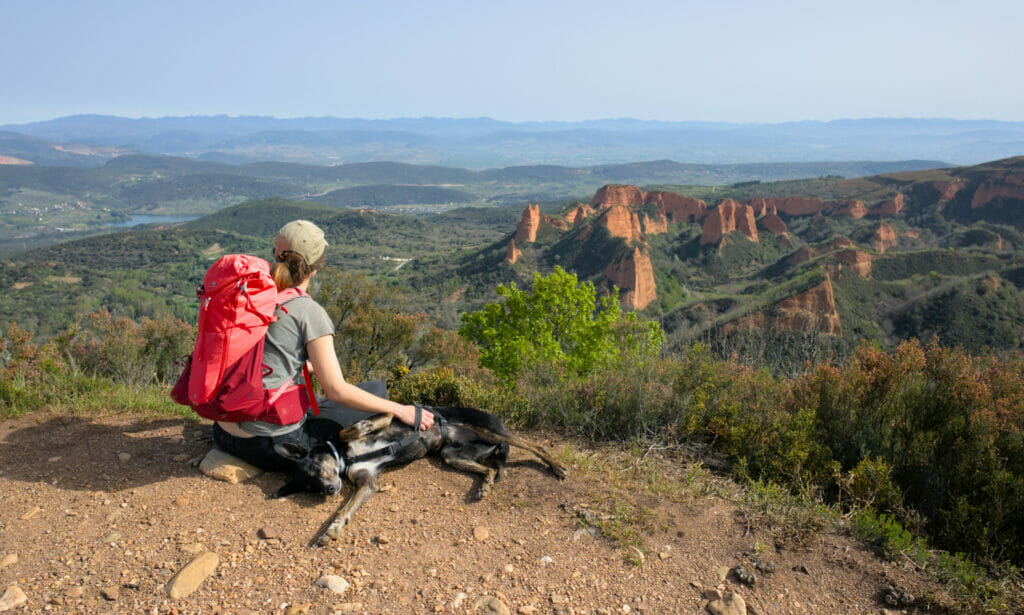
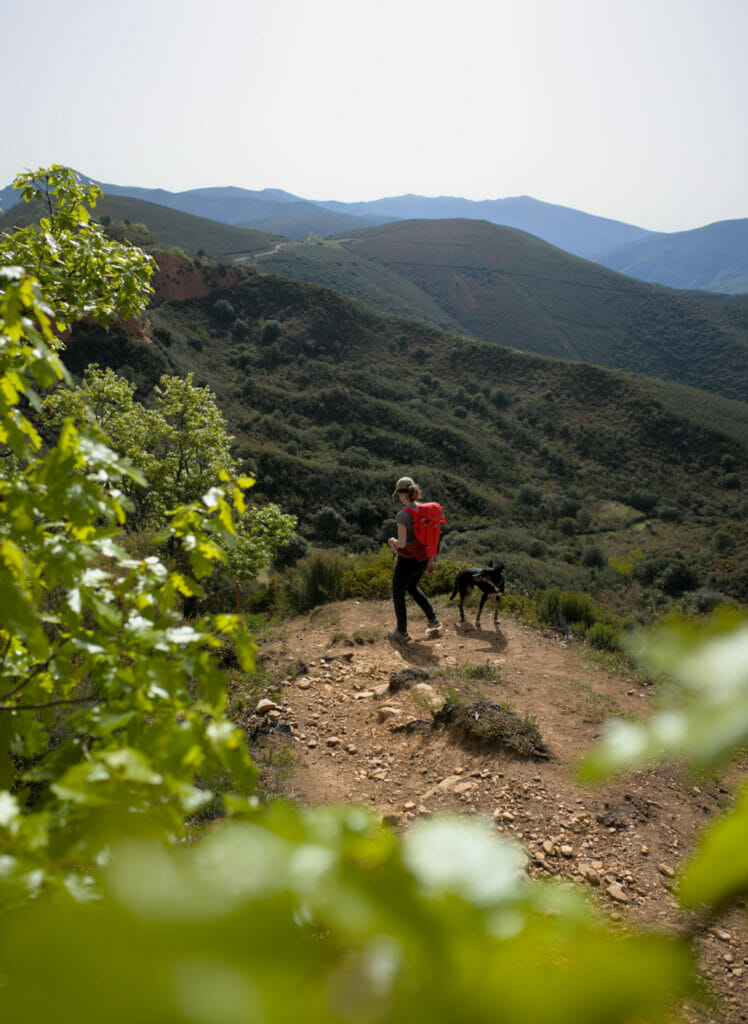
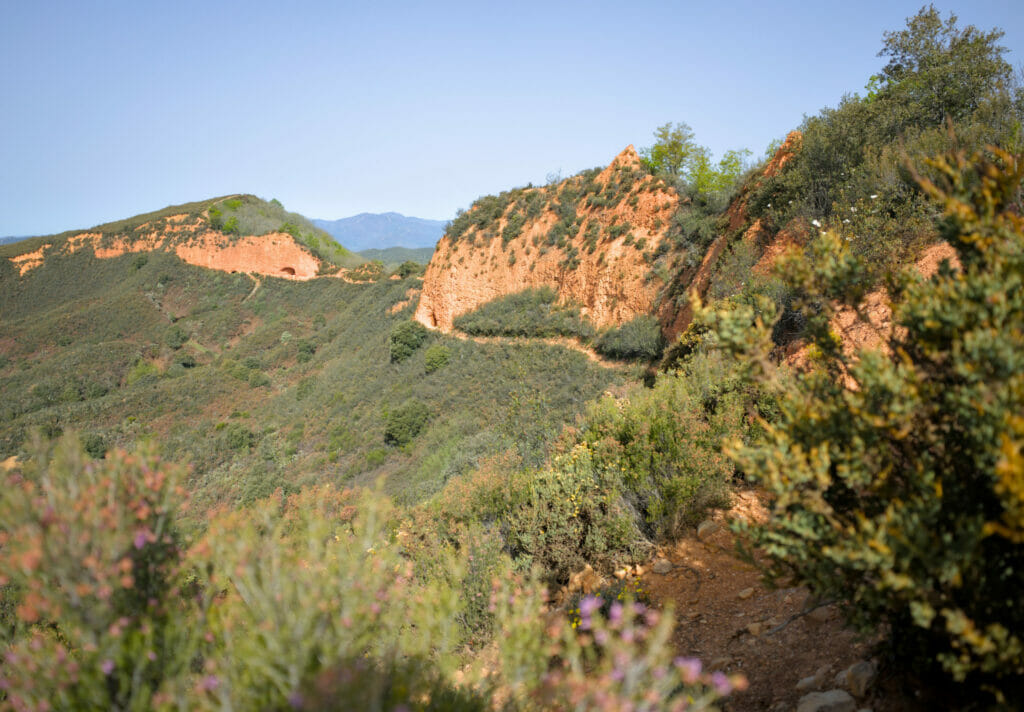
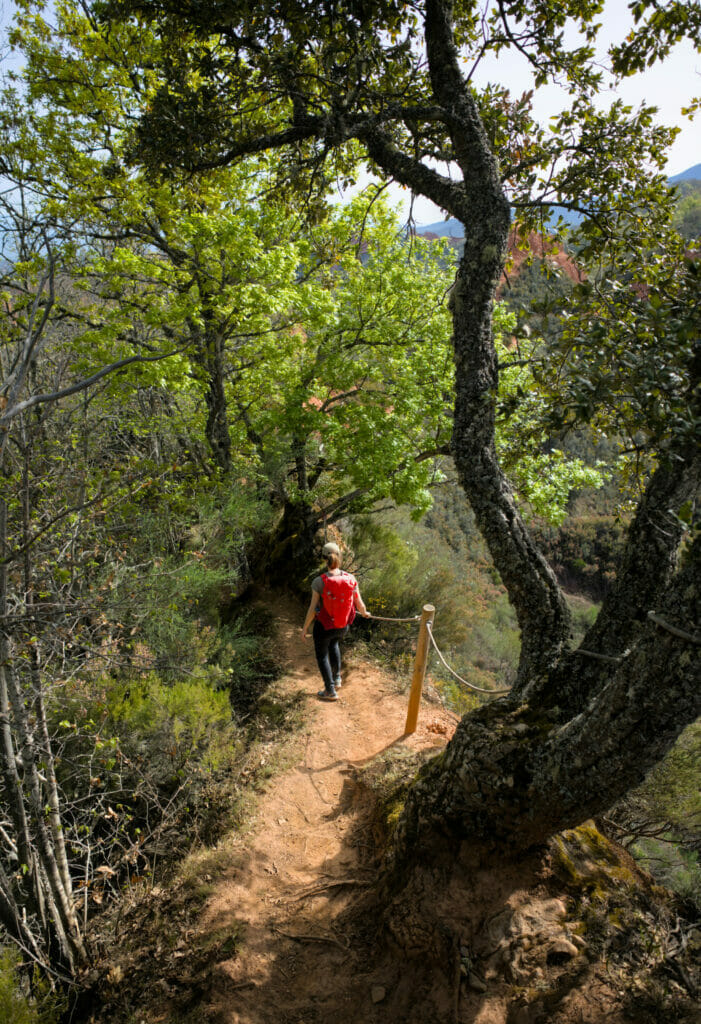
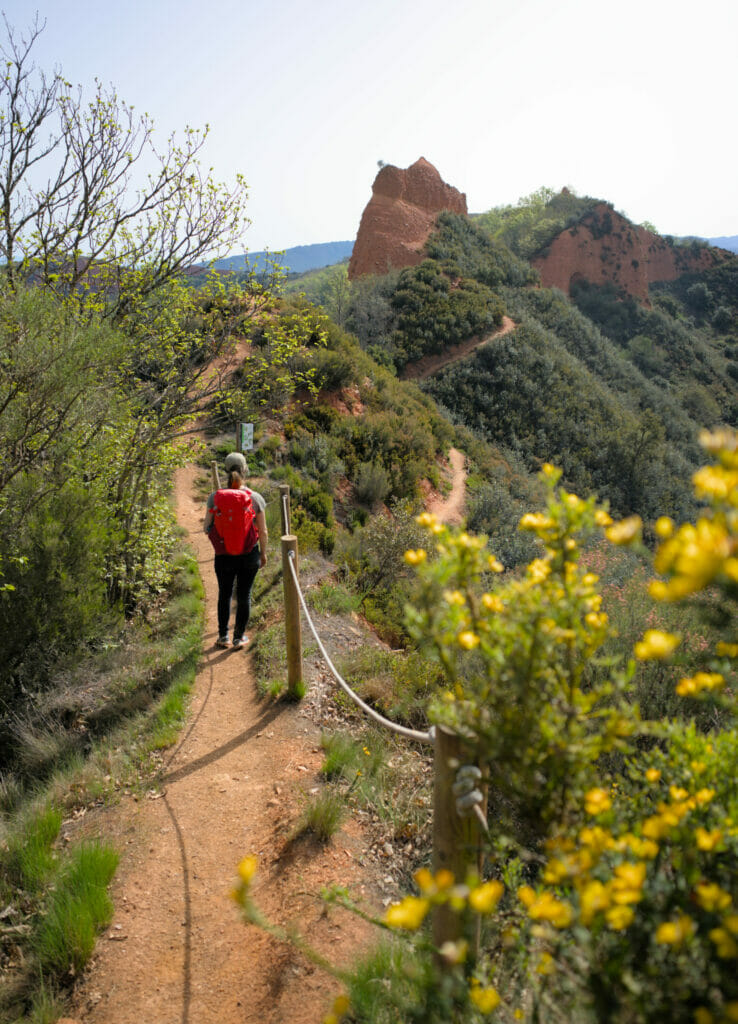
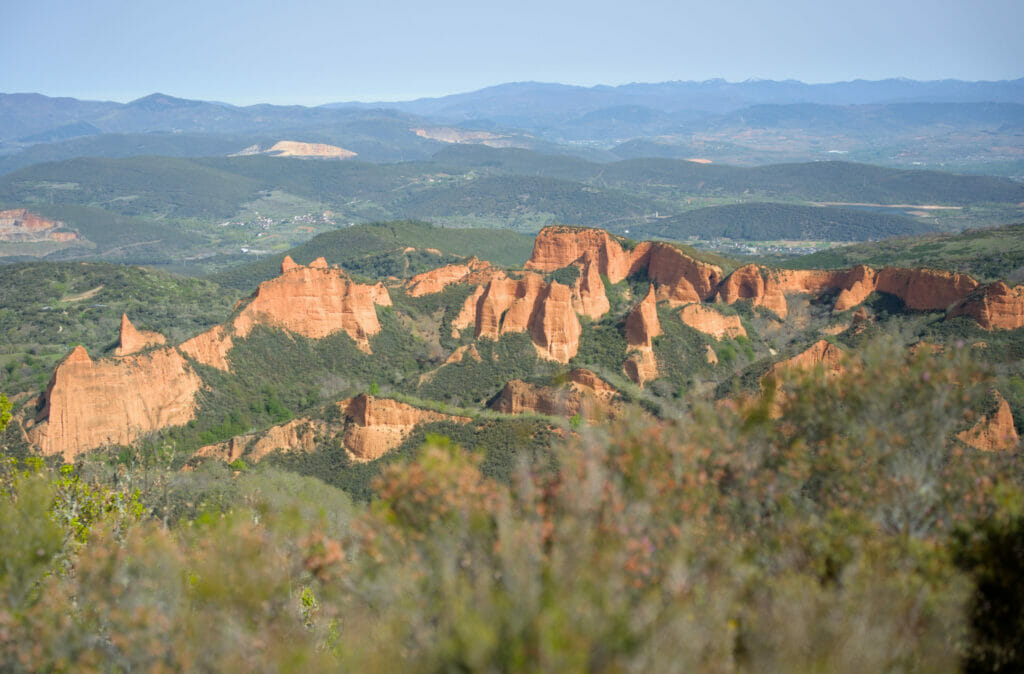
PS: In case you are worried, we reassure you right away, the path is really not complicated, nor dangerous! I wouldn't send small children there (or if yes, secured by the parents), but I promise, there is really nothing dramatic. And it's clearly worth the effort.
Orellan viewpoint and visit to the old gold mines
Once back on the main trail after the Pico de Placias, the route continues for a good kilometer along the dirt road. We arrive first at the observation platform of the mirador of Orellan, the "official" point of view on the site of Las Medulas. At this place, we are in front of the formations, but it is still difficult to imagine how much it is a maze of corridors and rooms inside this mountain!
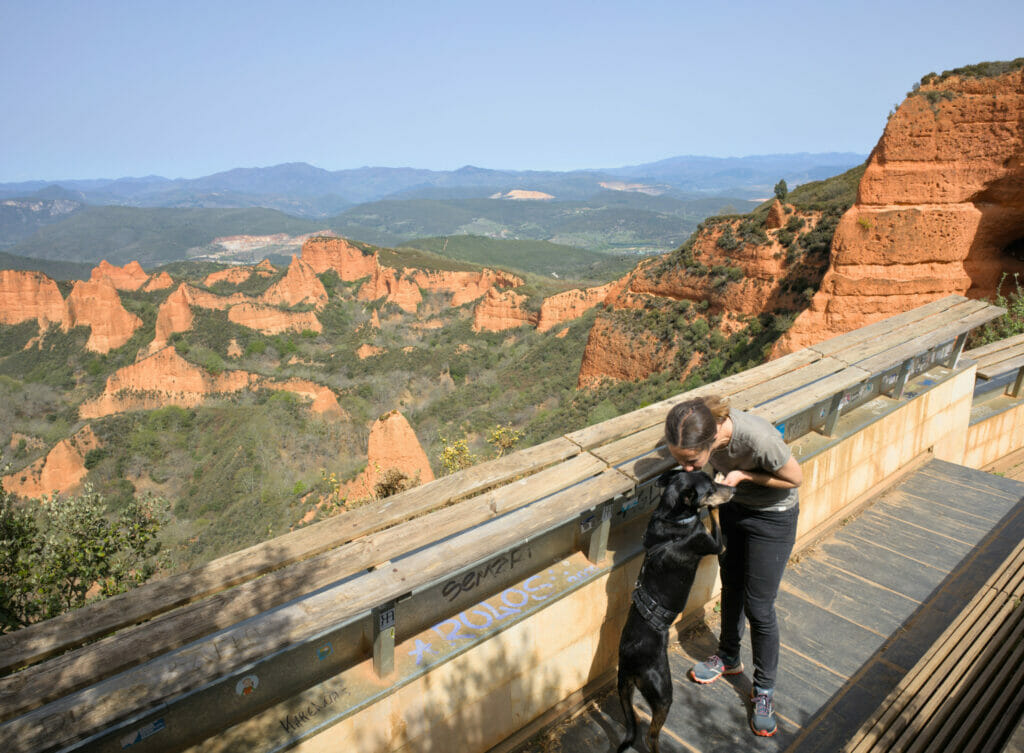
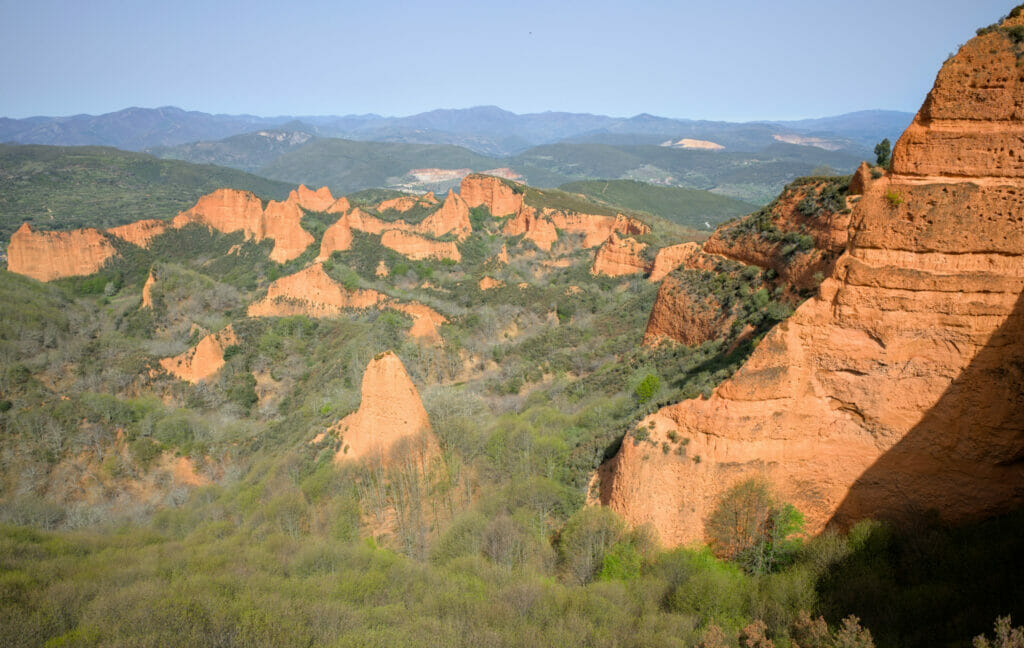
Just under the mirador it is possible to enter the galleries (or at least a part of them). The visit costs 3€ per person and it is even allowed to enter with your dog 😉 The route in the galleries is about 100 meters long and allows to reach the big opening in the wall which offers a breathtaking view on the site. The visit takes about 20 minutes and it's really nice!
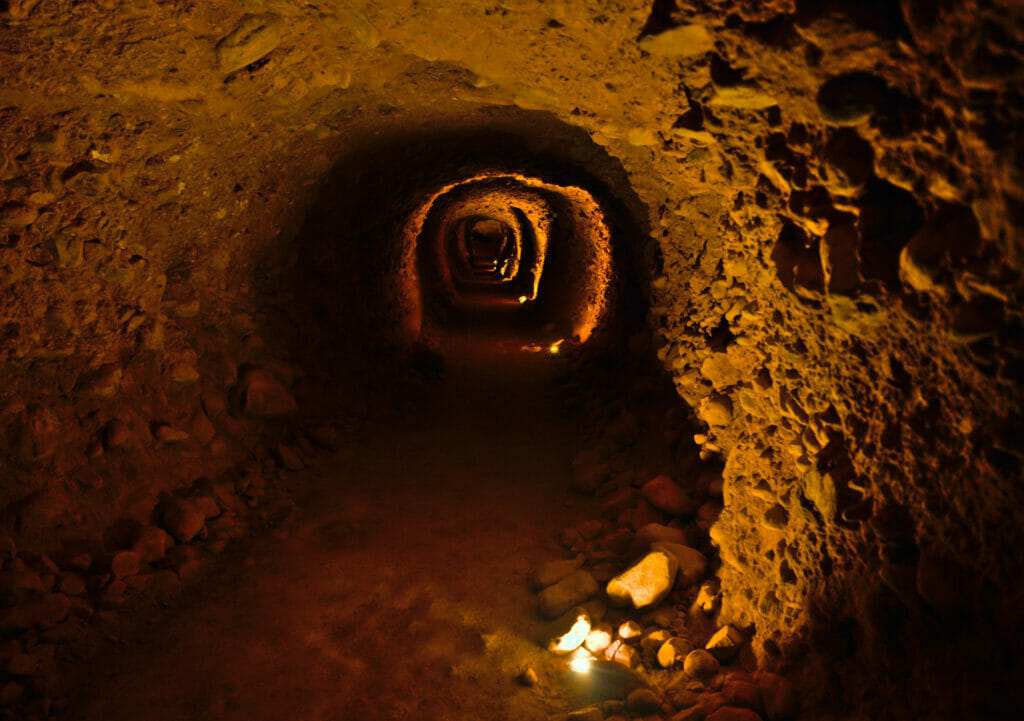
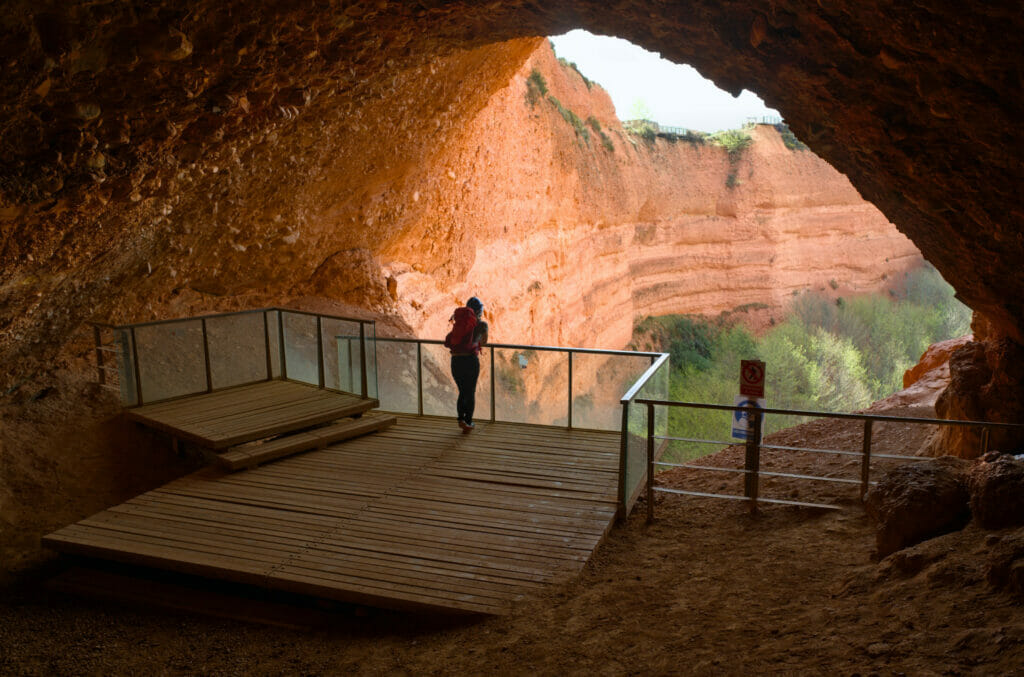
The gallery is open 6 days a week (closed on Tuesdays) and the hours vary depending on the season, but overall it's 11am-2pm and 4pm-6pm (extended to 7:30pm during the summer). Big bonus? You'll look great with the little helmet provided! 🙂
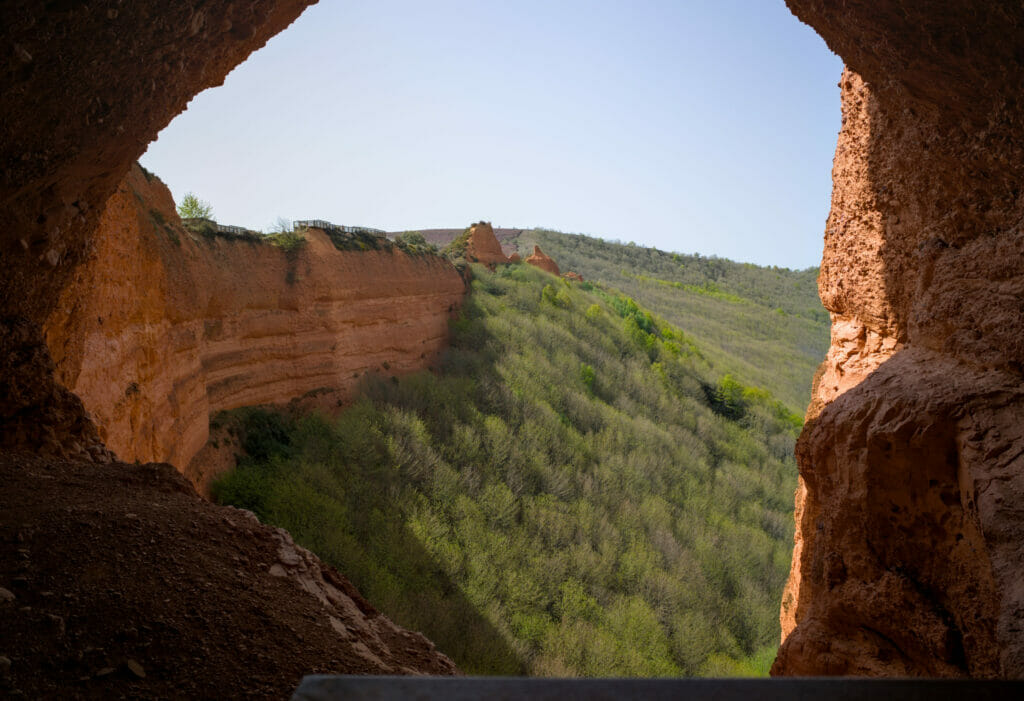
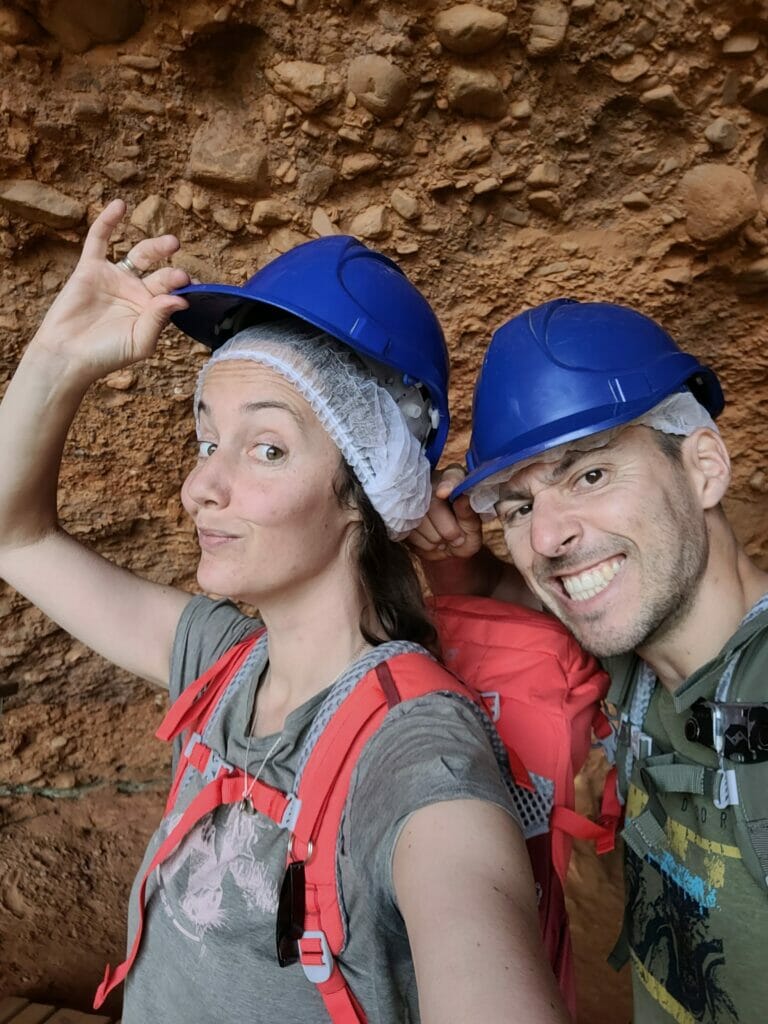
PS: the visit is not dangerous at all, it's just that the ceiling is quite low in some places.
Return to Las Medulas via La Cuevona
From the Orellan viewpoint, we decided to follow the "official" route back to Las Médulas. This path is more direct and allows us to pass at the foot of the rock formations.
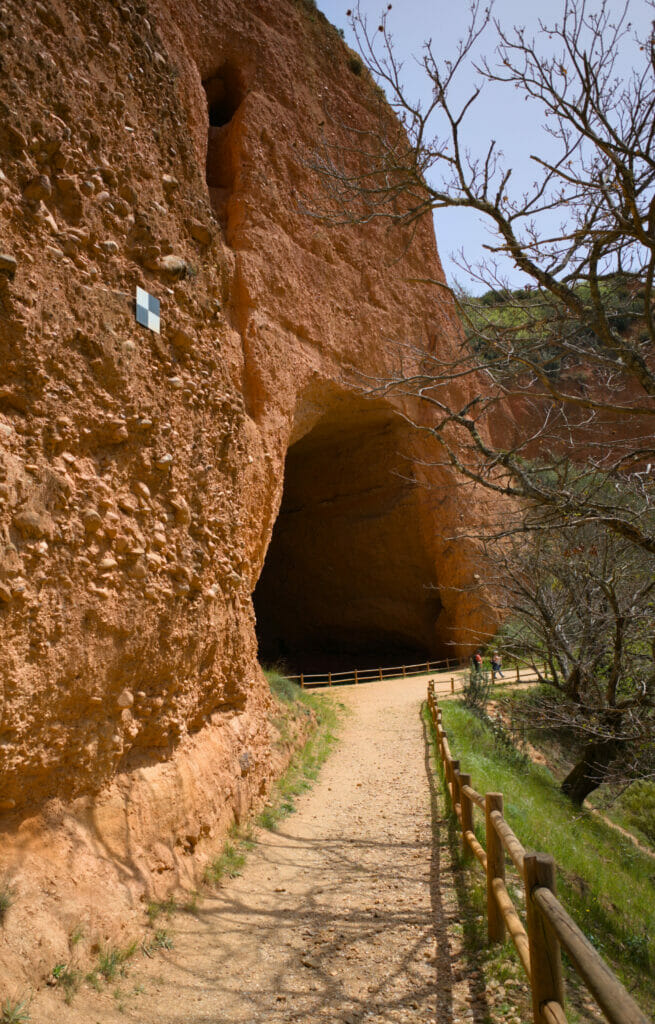
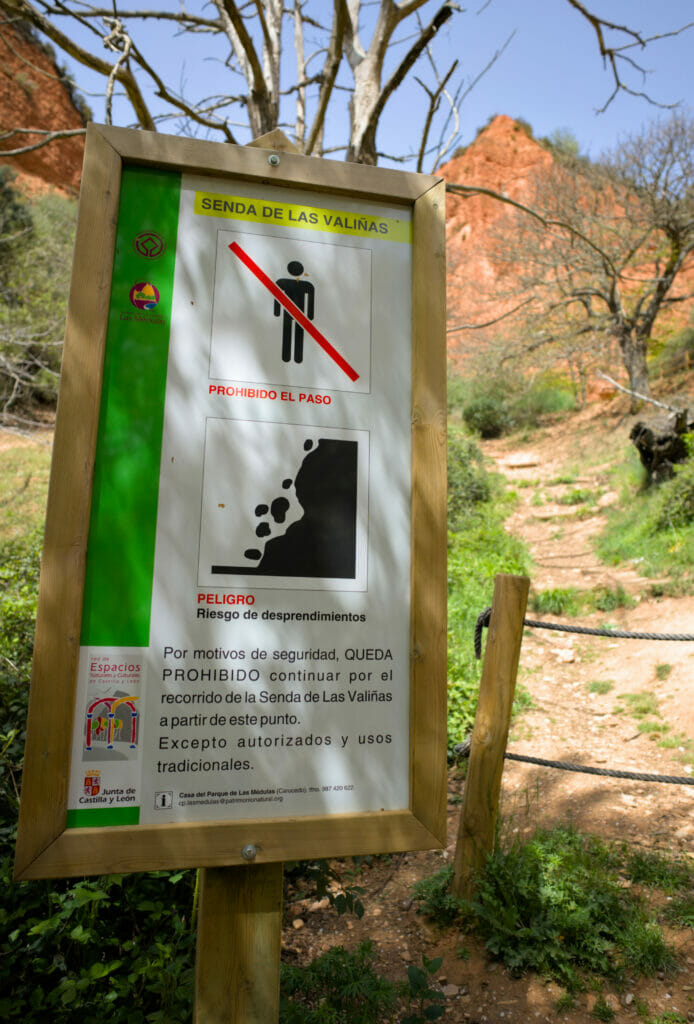
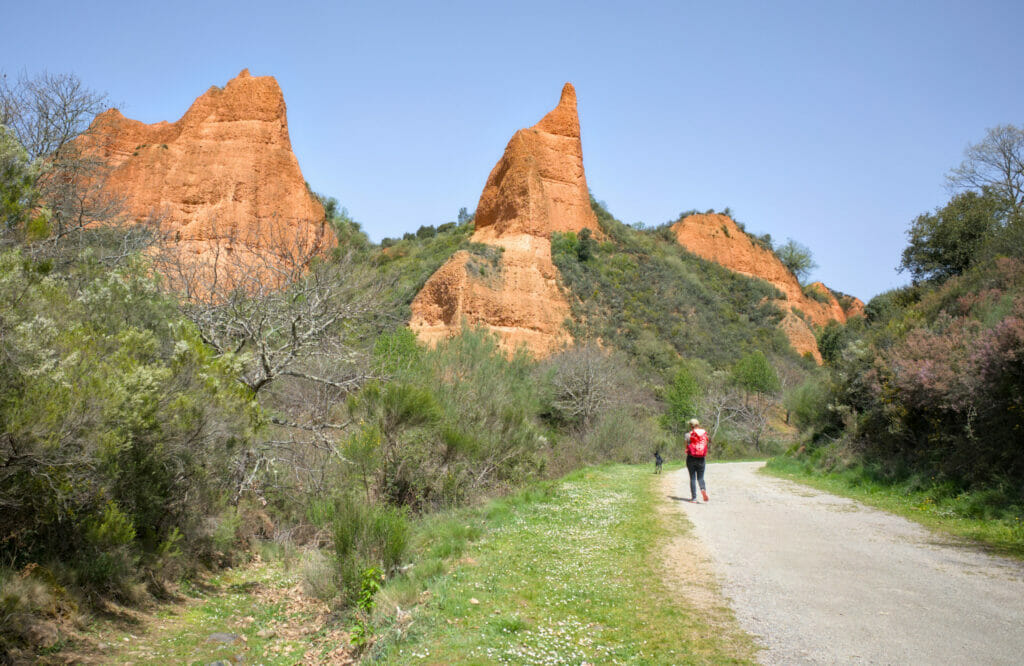
In our research we had identified 2 routes, one of which passes over the upper part of the site. Unfortunately, this part was indicated as closed at the time of our visit and we had to fall back on the path that goes down through the valley on the left. The crossroad is at a huge cave called La Cuevona. Just above it is another cave, the Encantada, but unfortunately the access path to it was blocked.
So, we just had a look at the first cave, then we went back down the main path to the village.
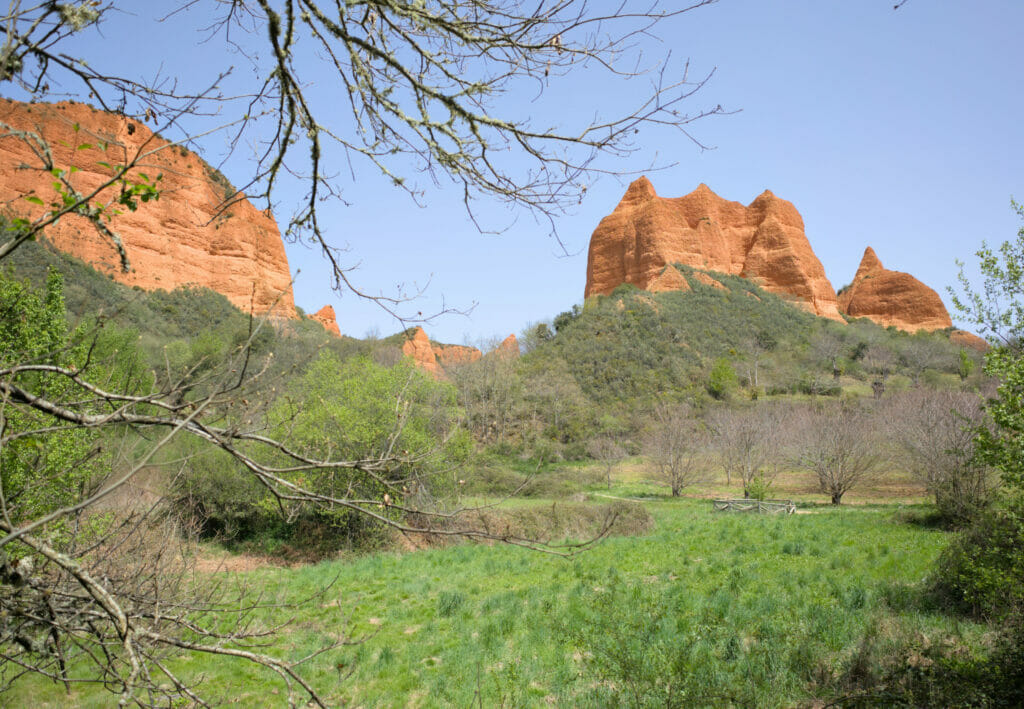
Lake Somido and the viewpoint of Choa de Maseiros
Once back in the village of Las Medulas we were not quite done with the walk yet. We had read an article online that mentioned a small lake not far from the village, from which one could apparently see a nice reflection of the mountains in the water. Lake Somido is located a good kilometer west of the village. To get there, we follow a wide dirt track and at the end we can take a path that goes along the lake to the Chao de Maseiros viewpoint.
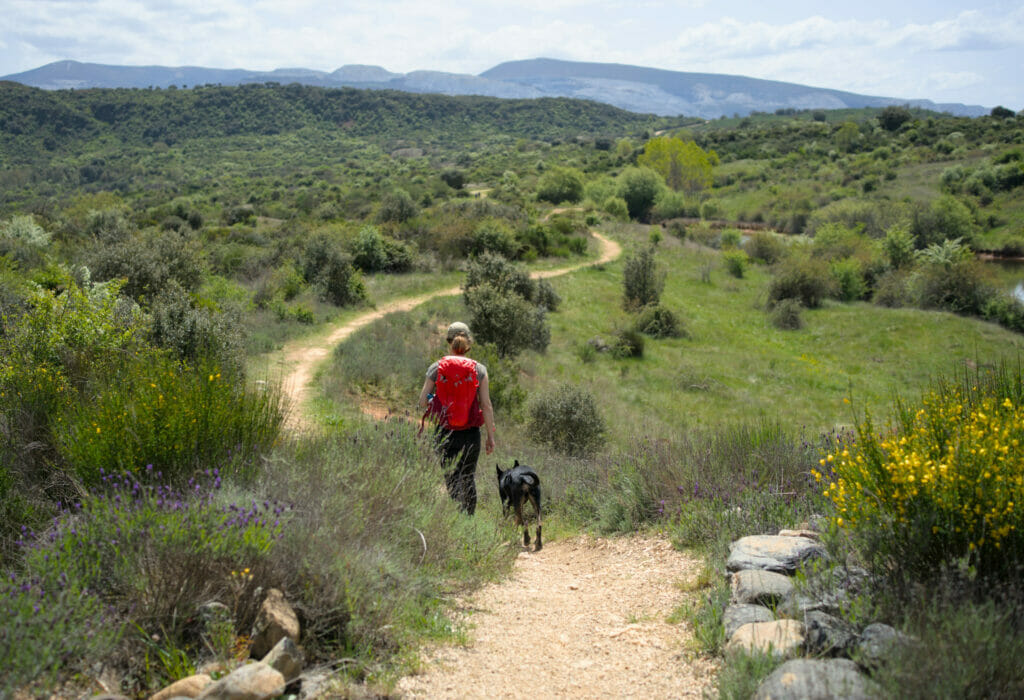
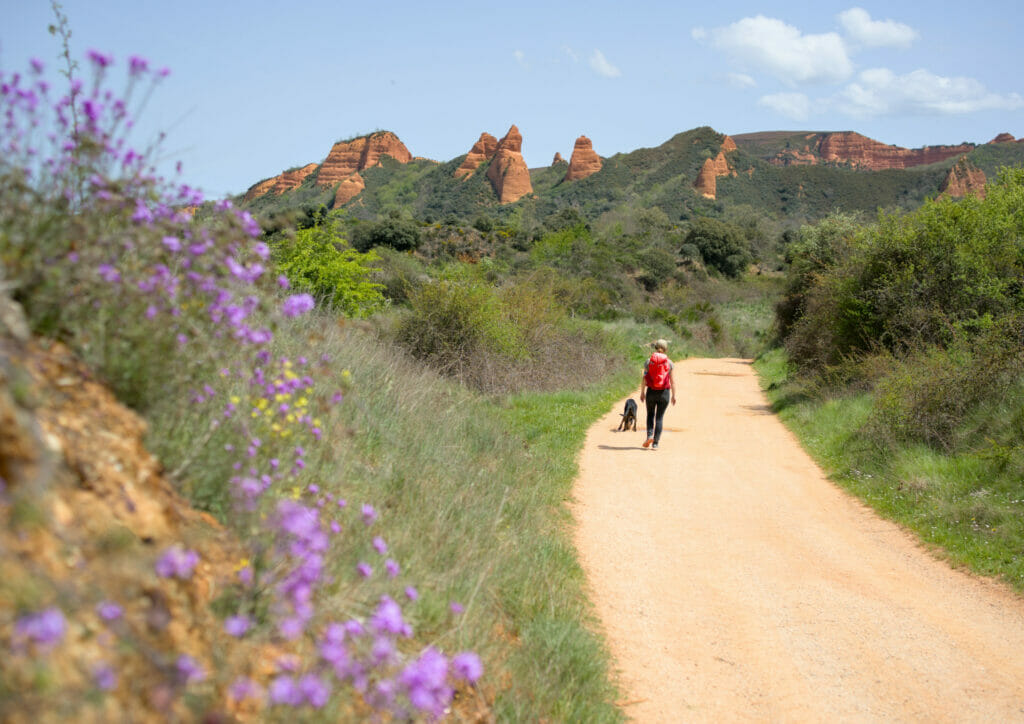
The stroll is nice and does not present any difficulty. On the other hand, we will not hide you that we did not see too much the famous reflections of Medulas on water 😉 In fact, the path does not make the complete turn, it is thus necessary to leave the way a little to go on the other bank.
Las Médulas being quite far away, it seems difficult to us to capture such an image (or maybe when there is more water… the level of the lake was relatively low at the time of our passage). But if you don't see the reflections, you may see small turtles like us 😉
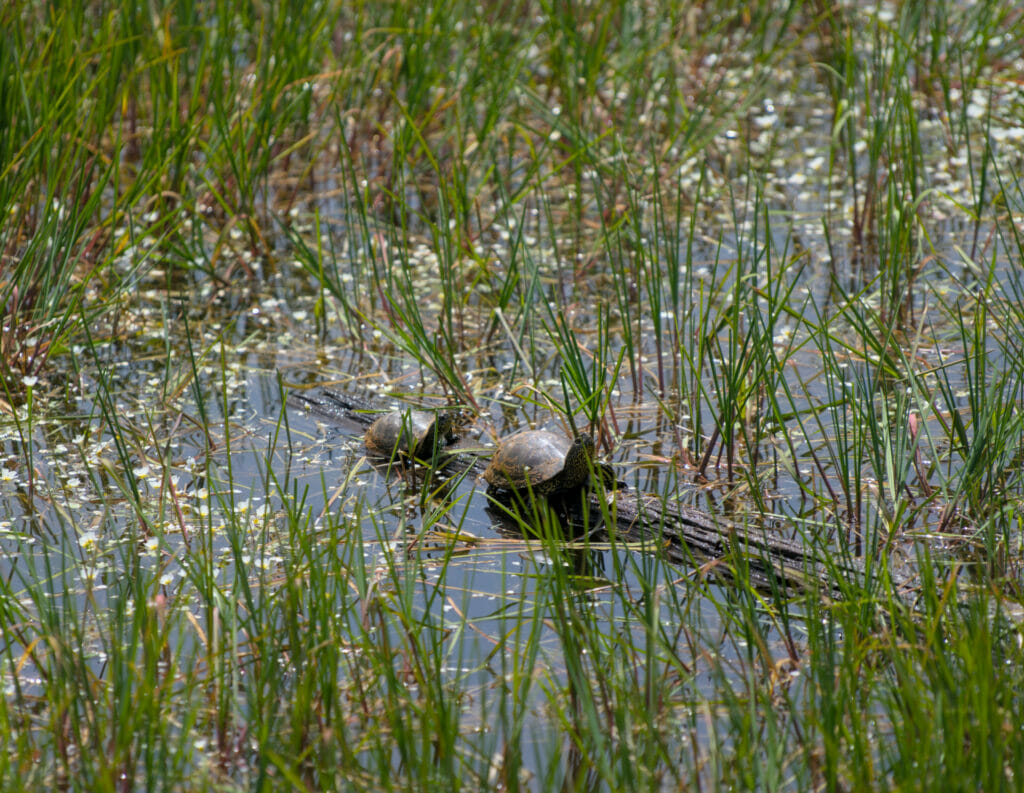
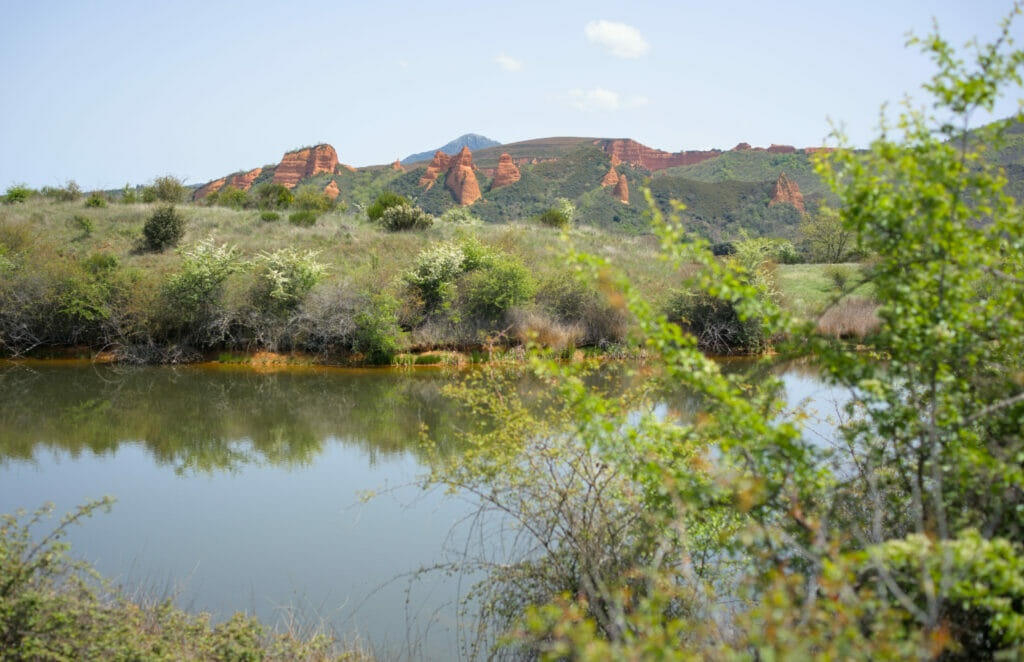
Map of our hike in Las Medulas
Here is the exact route we followed. On the map you will see that from the cave (the top point on the itinerary), there would be a more logical and direct way back to the village. This is the path that was closed when we went there. If it is open when you are there, it can be a nice alternative to enjoy the views a little more.
Our advice & tips for visiting Las Medulas
To finish this visit to Las Médulas we thought we would share with you some practical information but also a more general feeling.
Our opinion on the Medulas? The site is really magnificent and clearly worth a look! However, we have to admit that we were a bit surprised by the size of the site. In fact, on the pictures we could easily imagine that the place is much bigger than what it is in reality. I don't know, in my head it looked a bit like the American Bryce Canyon… 😉 So there is indeed a small flair, but it is really infinitely smaller, the area where we find the rock formations is about 1km2 😉
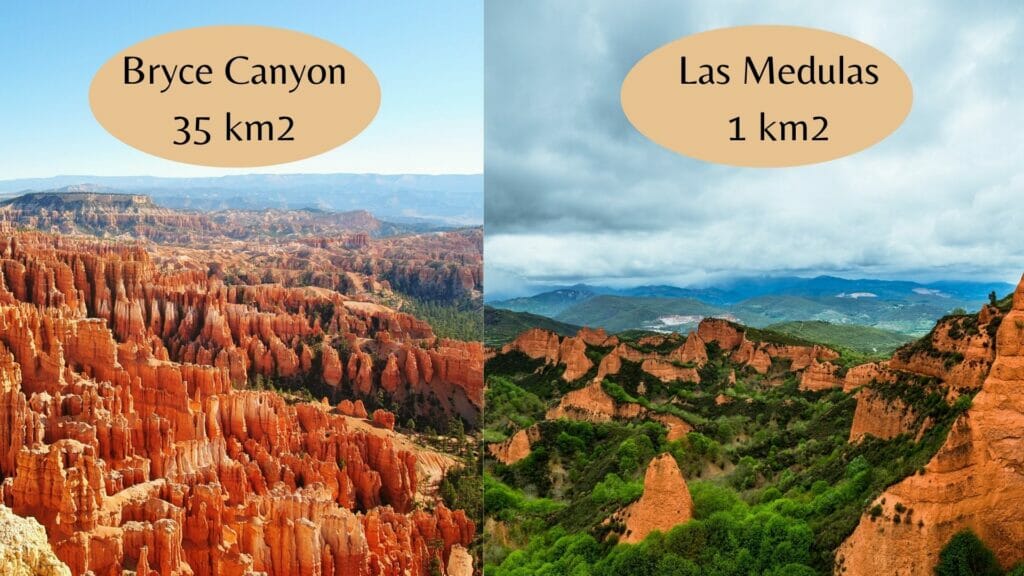
From a practical point of view, we advise you (as is often the case) to avoid weekends as this is a site that is quite frequented by the locals. There is no massive influx of foreign tourists in the area, so aiming for the week (and especially in the morning), you will clearly be alone there!
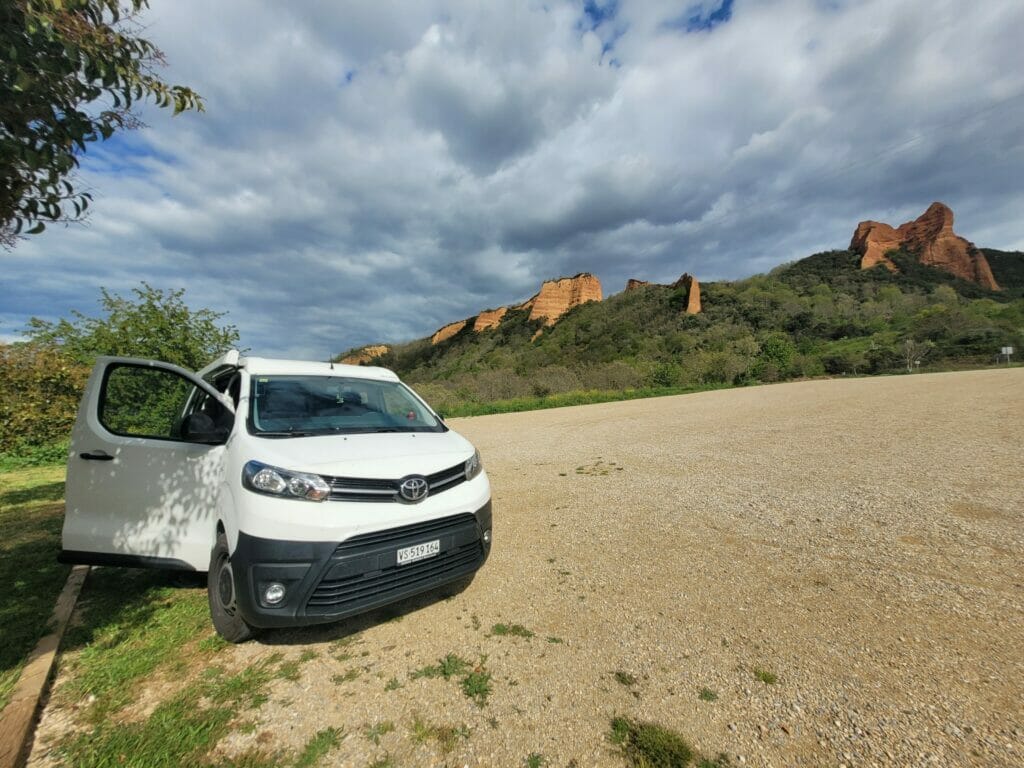
The easiest way to park is in the village of Las Medulas. 2 big parking lots are available and out of season it is quite possible to spend the night with a van.
Concerning the season, the site can be visited almost all year round. The area is not particularly known for its white winters, but you should know that between December and February/March it is not impossible that there would be snow (let's say it has already happened). July and August are the hottest months and in our opinion not ideal if you want to do the same hike as we did. The trail is very exposed to the sun and there is almost no shade. Therefore, prefer spring (April to June) and fall (September to November).
Ponferrada: historical and pilgrimage city
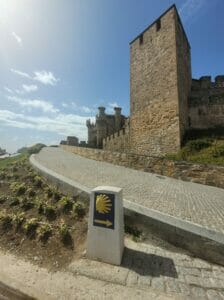
It's impossible to come to Las Medulas and not plan a little stop in the pretty town of Ponferrada. Cities are not our favortie thing and we don't usually linger there too long. But we really wanted to go through Ponferrada because we had seen pictures of the Templar castle of Ponferrada which alone convinced us to stop!
The small town is also relatively well known to pilgrims who follow the Camino Frances, one of the routes of the famous Camino de Compostela. In fact, Ponferrada marks the last official stop before entering Galicia, the region where the famous Santiago de Compostela is located. A somewhat symbolic step that allows walkers to arrive in the final stretch of their pilgrimage.
If you are looking for accommodation in Ponferrada here is the Booking page where you will find different options.
In terms of location, we would tend to recommend the old town (east bank of the Rio Sil), but after that the city is relatively moderate in size and easy to get around on foot.
Walk in the old town of Ponferrada
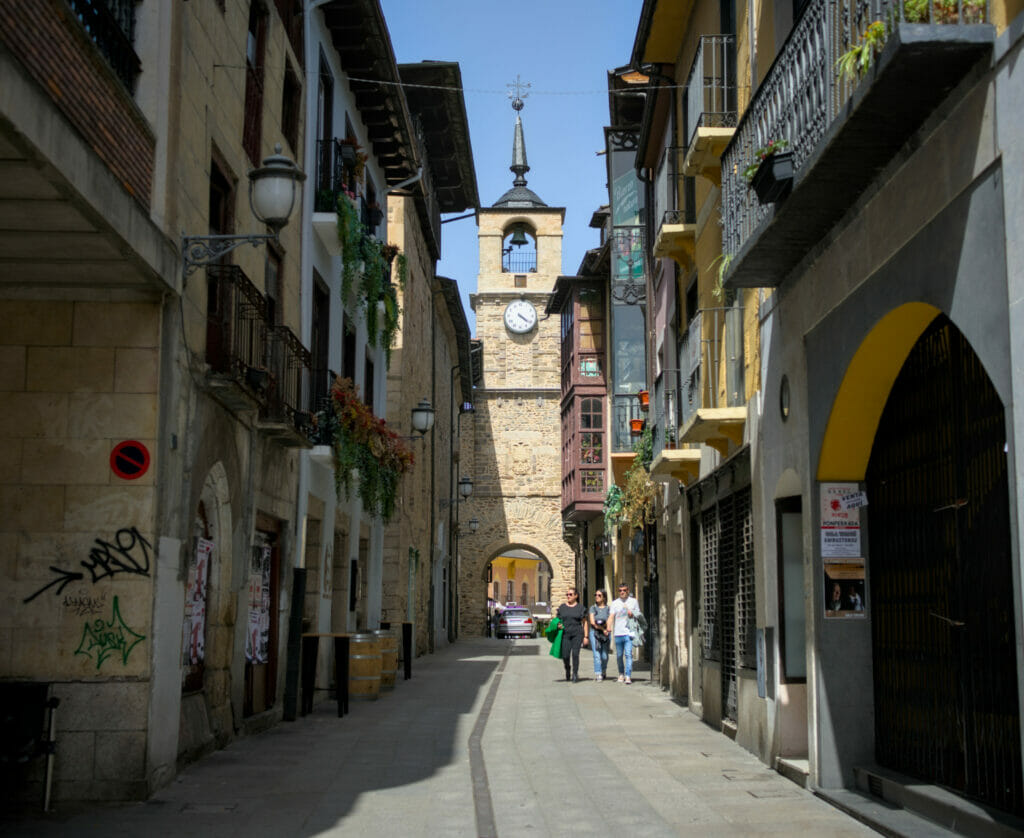
To visit, we parked in the large parking lot in front of the pilgrims' hostel (on the road to Santiago). From there, we went for a little tour in the historical center; the part that is on the east bank of the Rio Sil. Very cute, the center is easily visited on foot in a small hour (it is not very big) and we arrive then on foot to the castle which overhangs the city.
On the other hand, we are going to be frank, the modern part of Ponferrada (on the other bank) is not worth especially the detour in our humble opinion. The more recent part of the city, on the west bank of the Sil, does not really have a crazy charm from an architectural point of view… Afterwards, we will admit that we did not linger there! We briefly crossed a part of it on foot in order to go to a veterinarian (the joys of traveling with a dog that managed to catch an eye infection during the trip) and let's say that this part did not leave us an imperishable impression.
In Ponferrada it is also possible to take guided tours. We didn't do it because we weren't there long enough, but if you want to learn more about the history of the city and anecdotes, it can be an interesting option.
Ponferrada is not the "most touristy" city from an international point of view, so the visits are only done in Spanish (no French or English). If you speak Spanish, you can join the free tour (free visit for which it is customary to leave a tip) or a guided tour of the city and the castle for 15€..
The Templar castle of Ponferrada
We told you, it was a picture of this castle that made us want to come and have a look at the city in the first place. It was built in the 12th century by the Templars who had settled along the road to Compostela in order to protect the pilgrims. The architecture of the castle is in reality a real patchwork which evolved with the wire of the centuries; construction mainly military, it evolved enormously between XII and XXème.
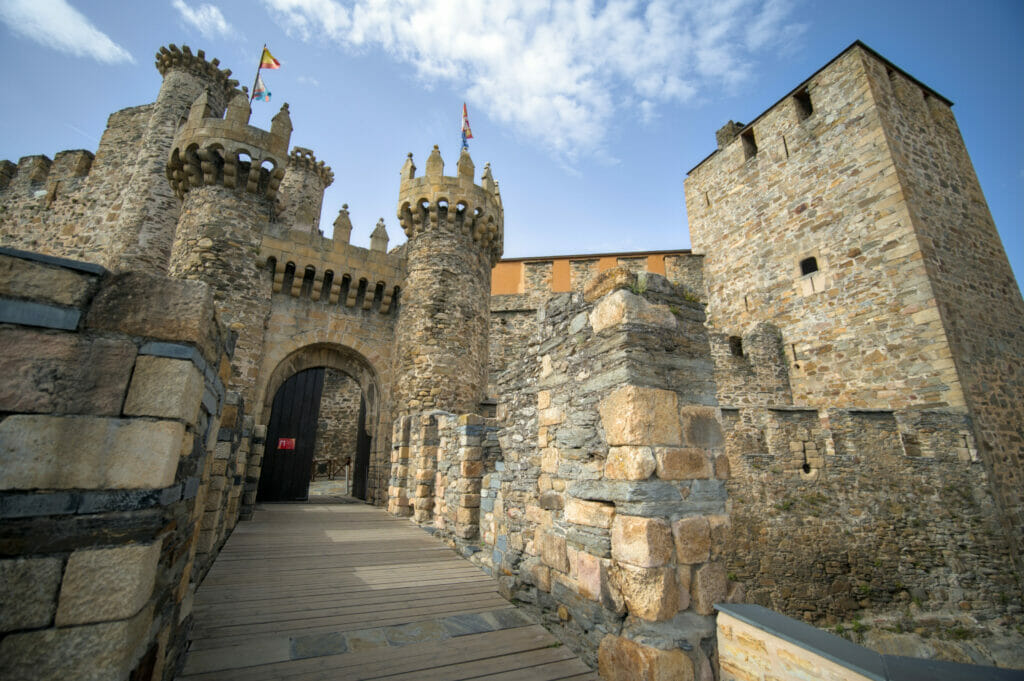
The castle is open for visits, but we decided to skip it at the last moment. It was relatively hot that day and we didn't want to leave Winchy (our dog) in the van during the visit (because no, dogs are not allowed in the castle).
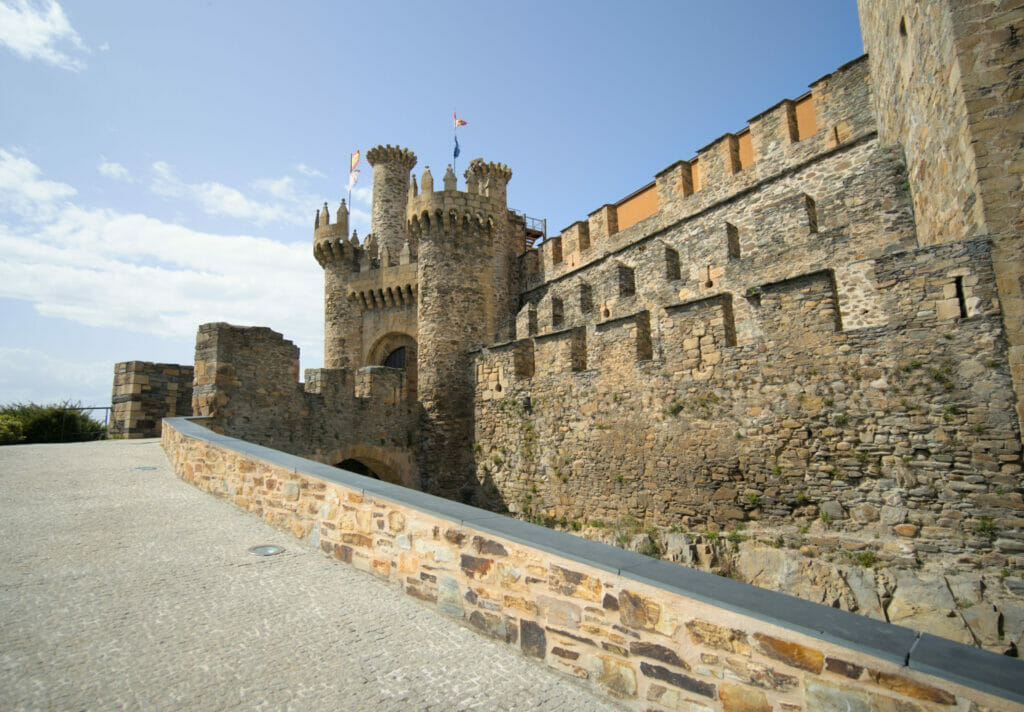
Then, second point, it was also the lack of "nice" option to spend the night in a van that made us "flee" the city before the end of the day. We had seen online that there was an area as well as a parking in front of a pilgrims' hostel where it was tolerated to spend the night, but once there we found the place particularly gloomy and we didn't feel at all like staying there. In short, we only visited for a bit and then we took the road again to find a small natural place where to spend the night. But that, we shall speak to you about it in the next article 😉
Discover the wines of Bierzo
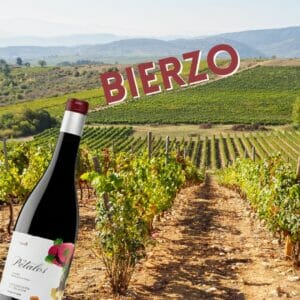
We'll be honest with you, we had never heard of the Bierzo denomination for wine before… We're Red wine lovers but far from being experts. We like to include small detours in our trips to bring back some new bottles in our cellar.
In Spain, it is needless to say that we had plenty of choice 😉 The Bierzo is a wine region that deserves to be known and that seduces more and more amateurs. On paper, the region has many similarities with the Ribeira Sacra region in Galicia that we love so much. Crossed by the Rio Sil, the region cultivates mainly the Mencia grape variety, an autochthonous grape variety from the northwest of Spain.
If, like us, you want to bring back some souvenirs from the region then we recommend you to visit the winery "El Salgueral" (C. Ancha, 19, 24401 Ponferrada). The owner is absolutely brilliant and knows all the wines of the region inside out! We gave him a budget and let him concoct a selection according to his preferences. So we haven't tasted everything we brought back yet 😉 but clearly, the first ones did not disappoint us.
Well then, we will finish here this first post about the region of Castilla y León. You can find our other posts about our discoveries in this region at the beginning of this post or just below! Cheers!
Pin it on Pinterest
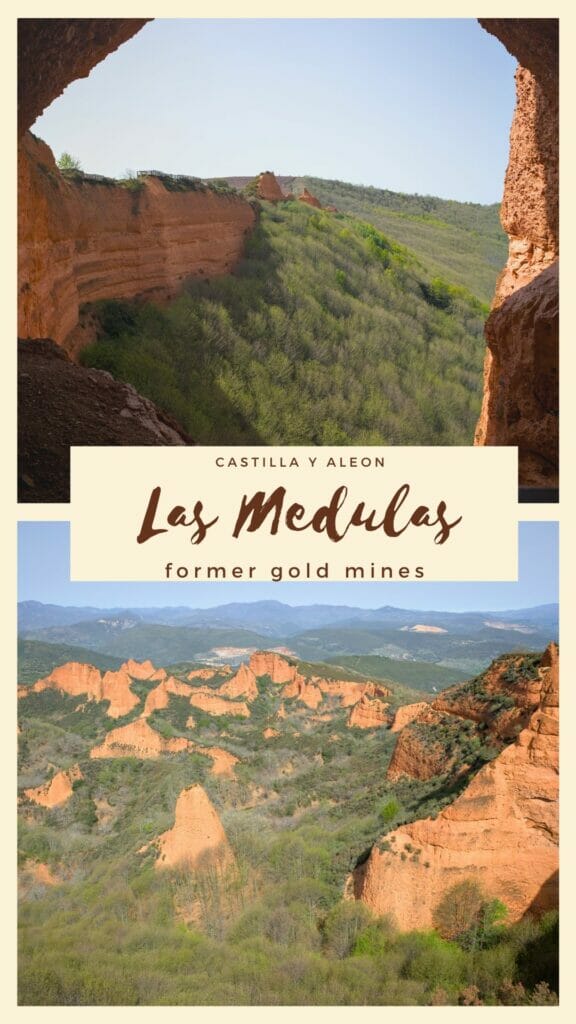
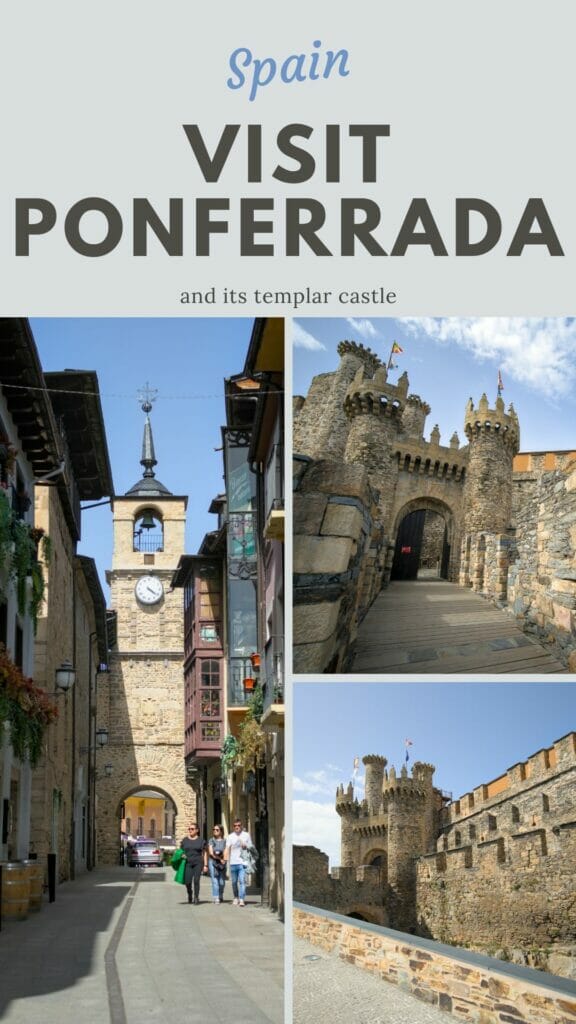
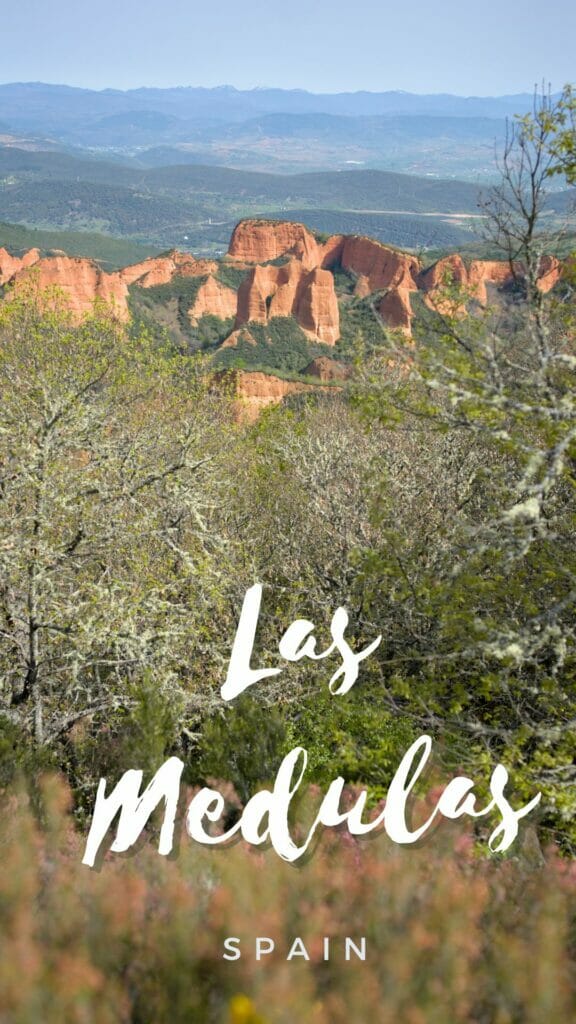
Note: this article contains affiliate links to partner sites. When you use our links to book an accommodation or an activity, you obviously don't pay anything extra, but we will get a small commission. These commissions contribute to allow us to offer you independent content, free of charge and without advertising. Thank you for your support
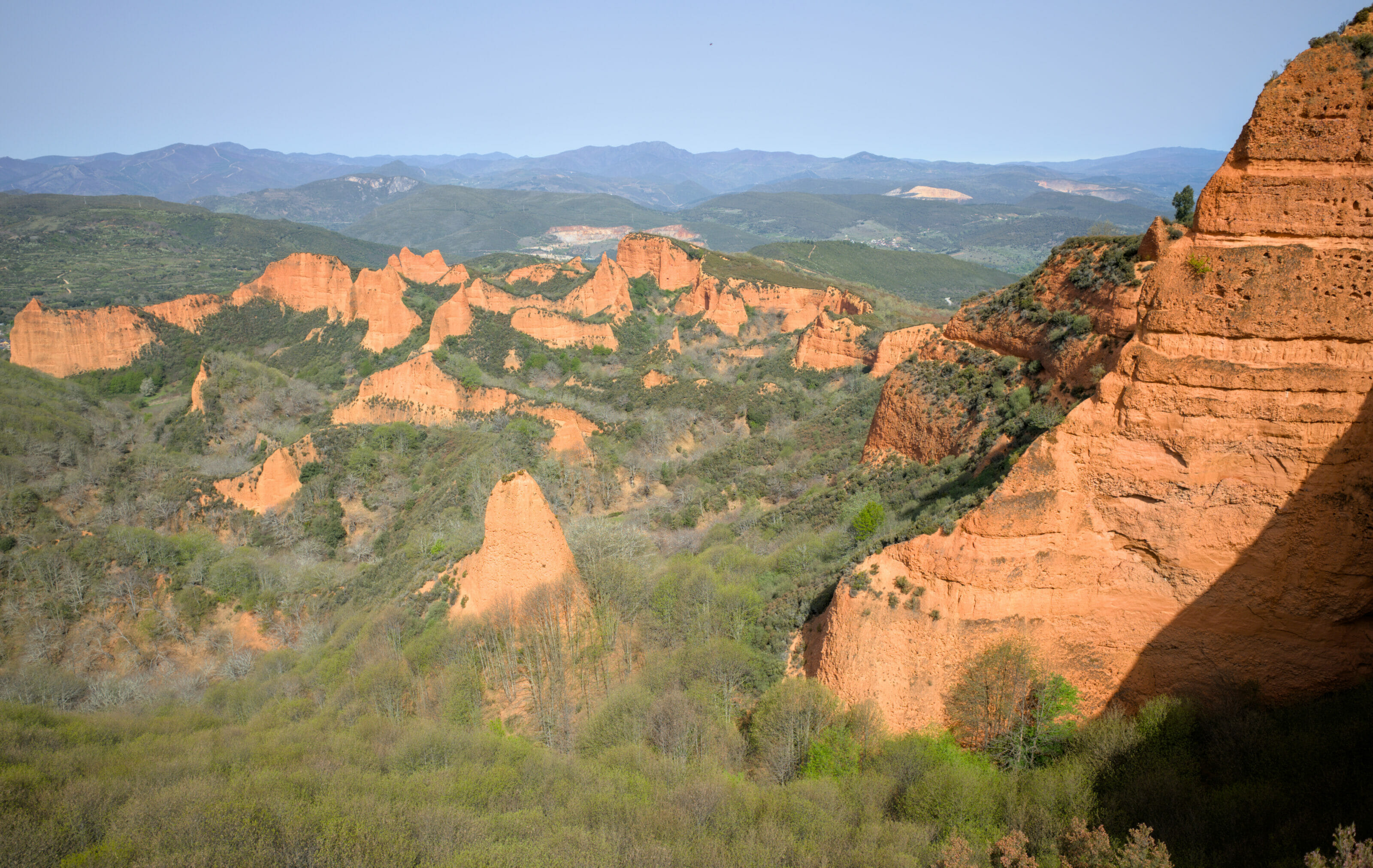
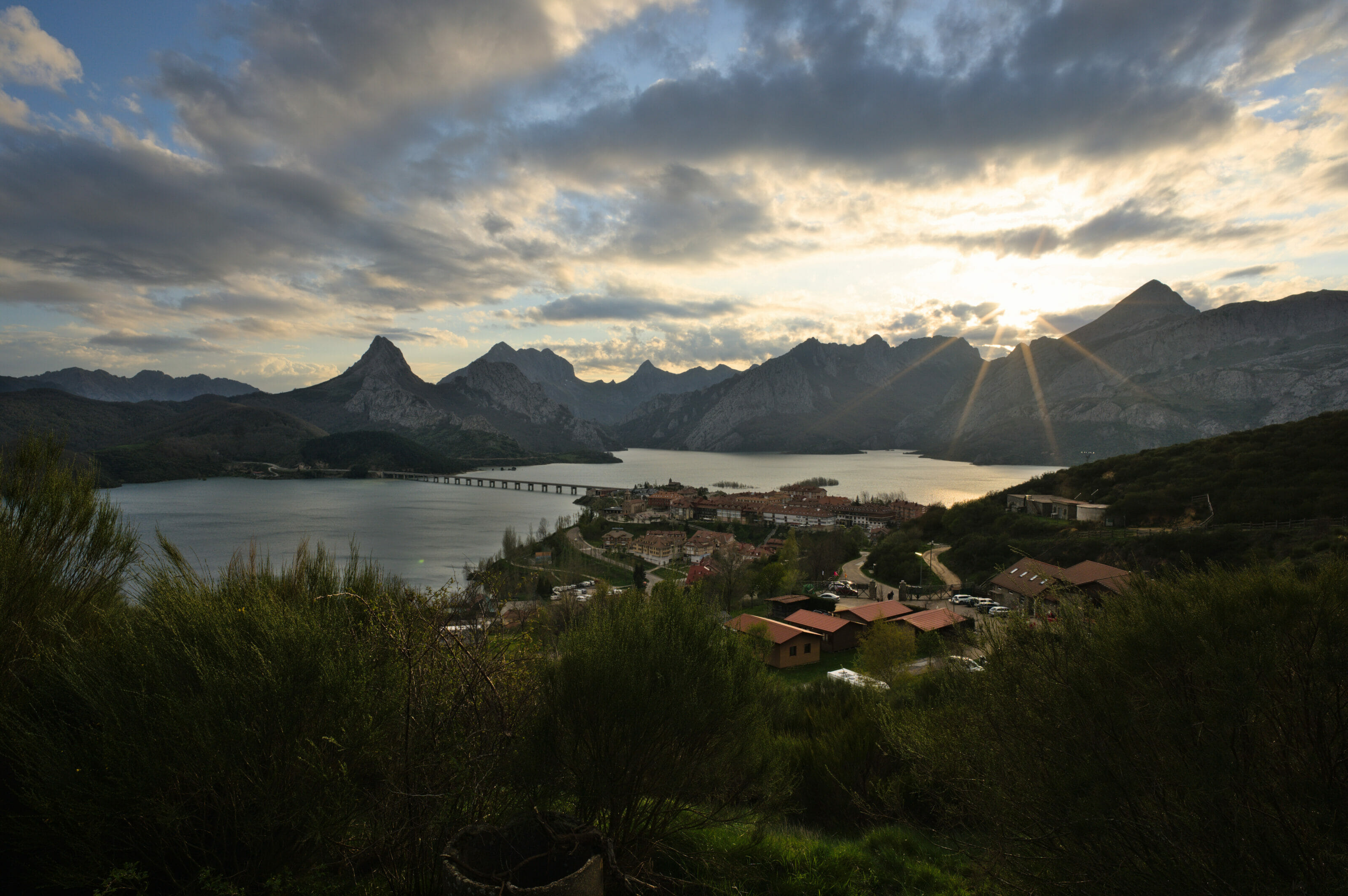
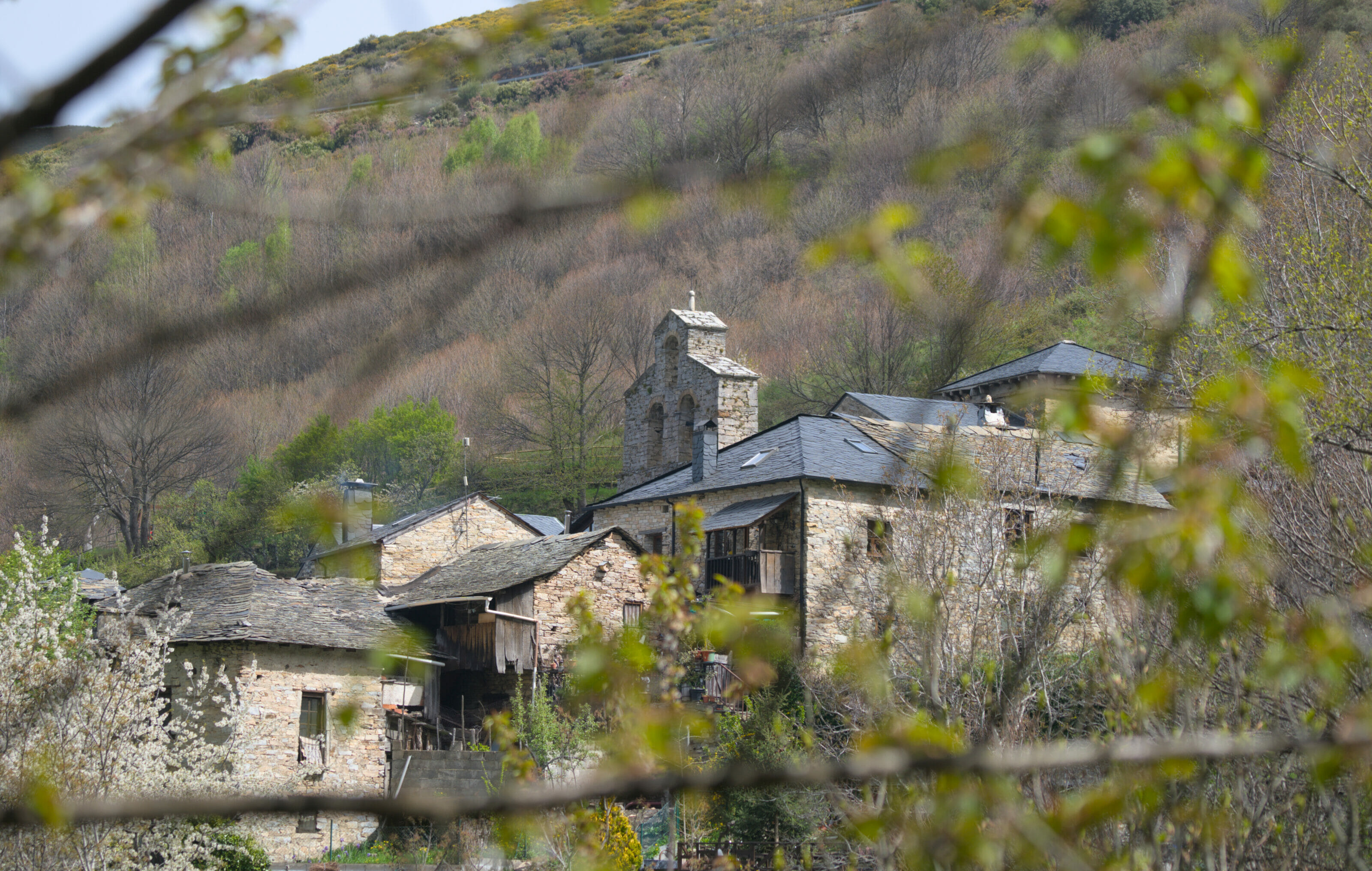
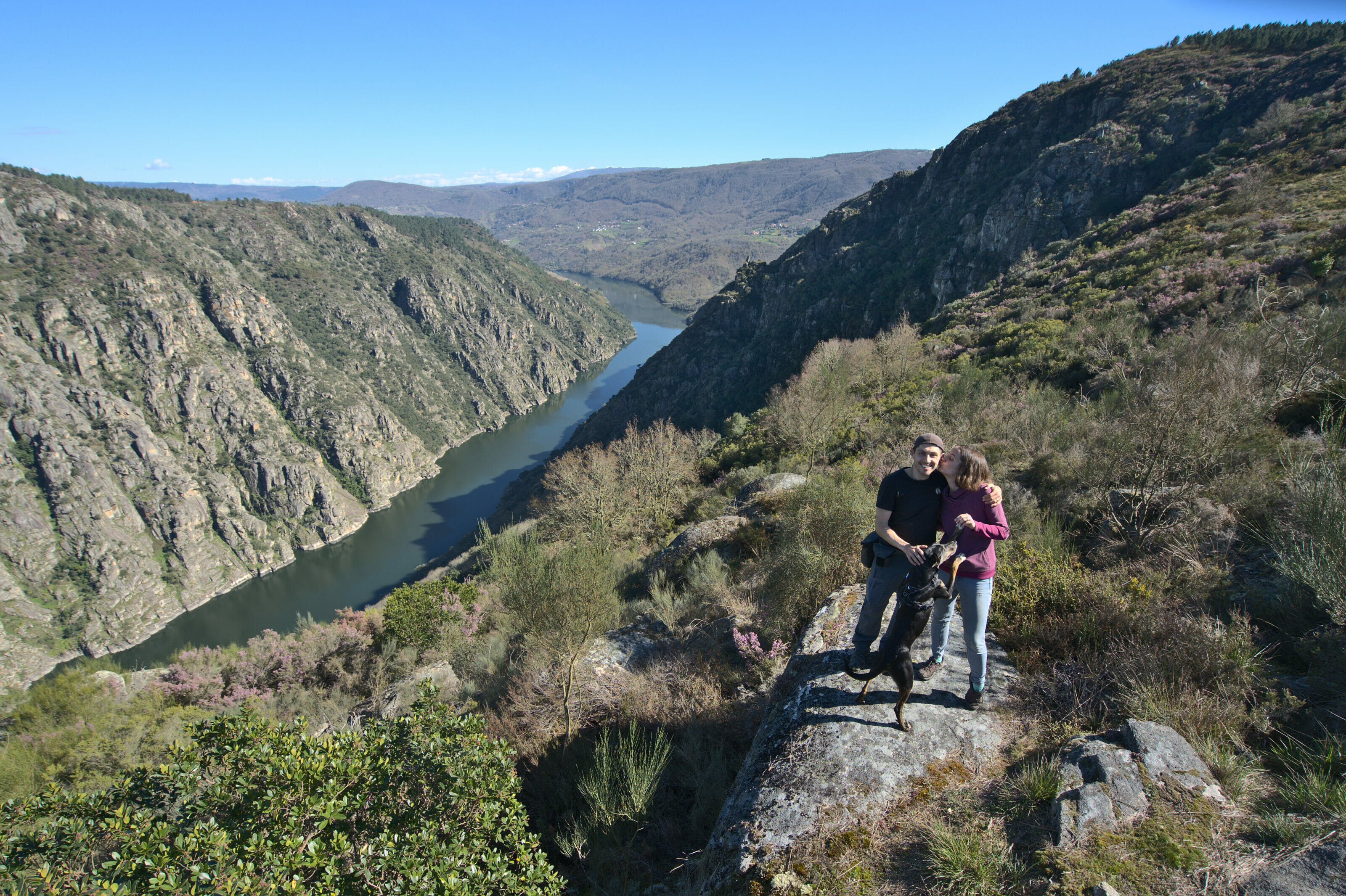
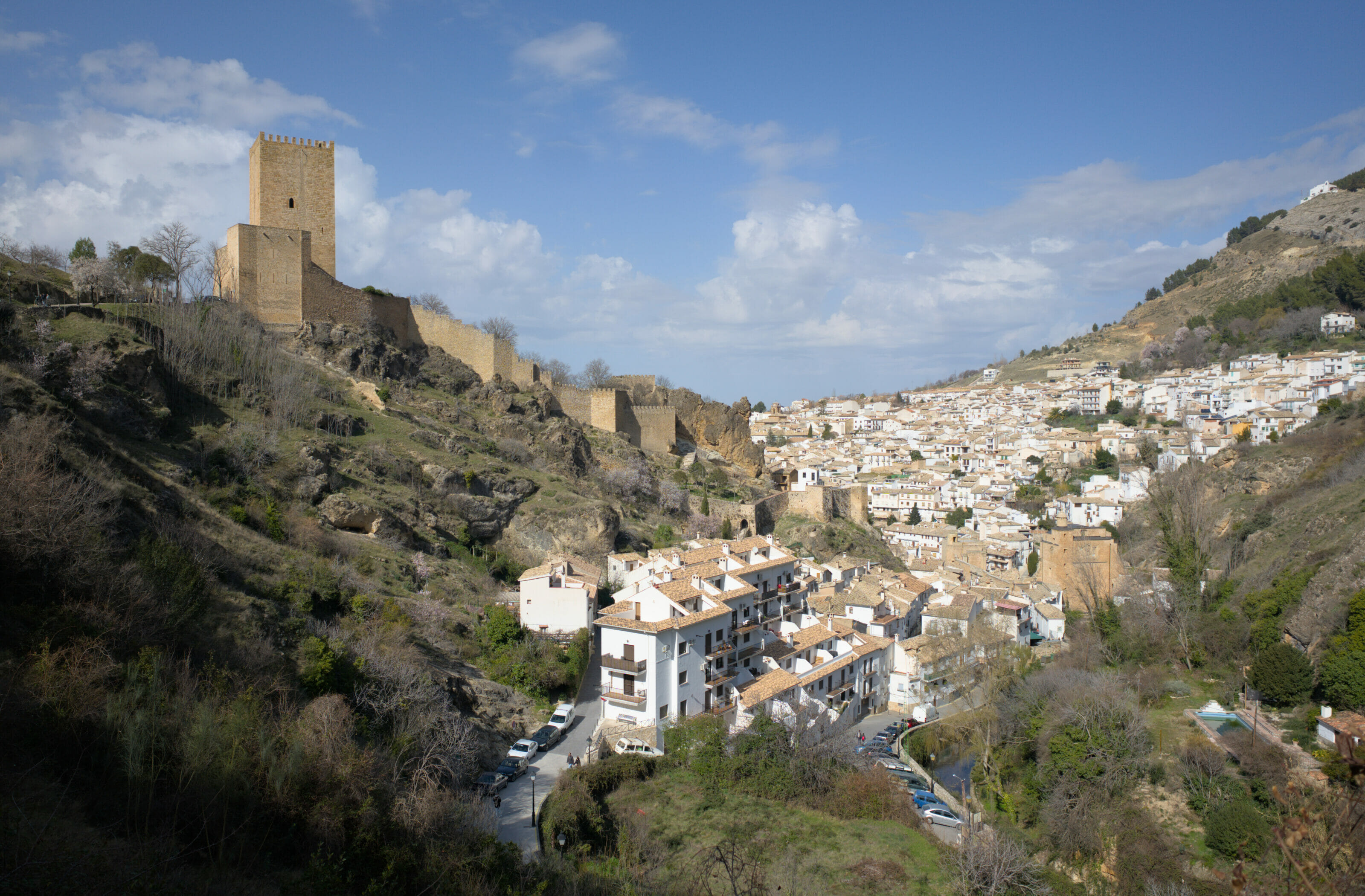
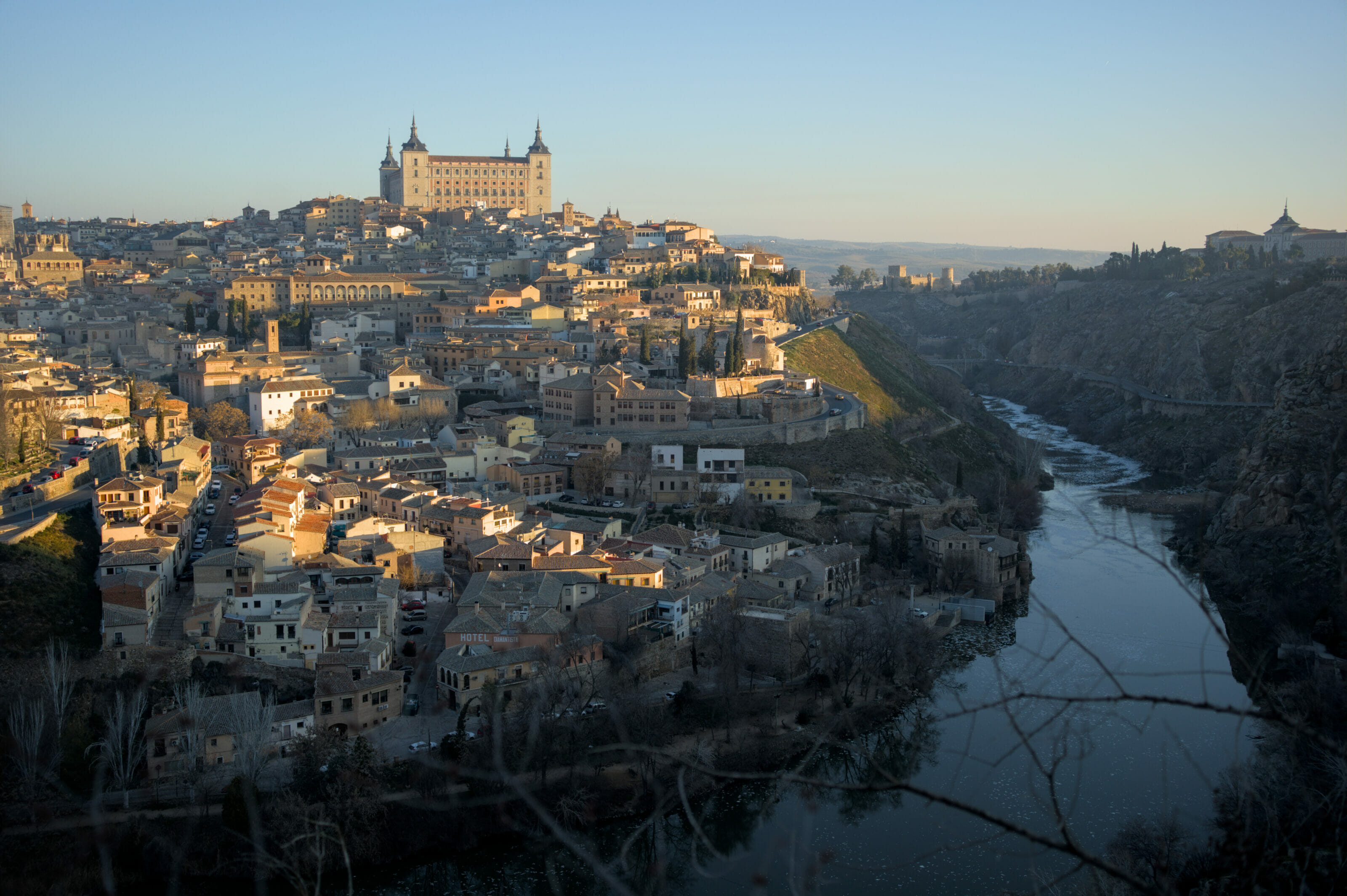
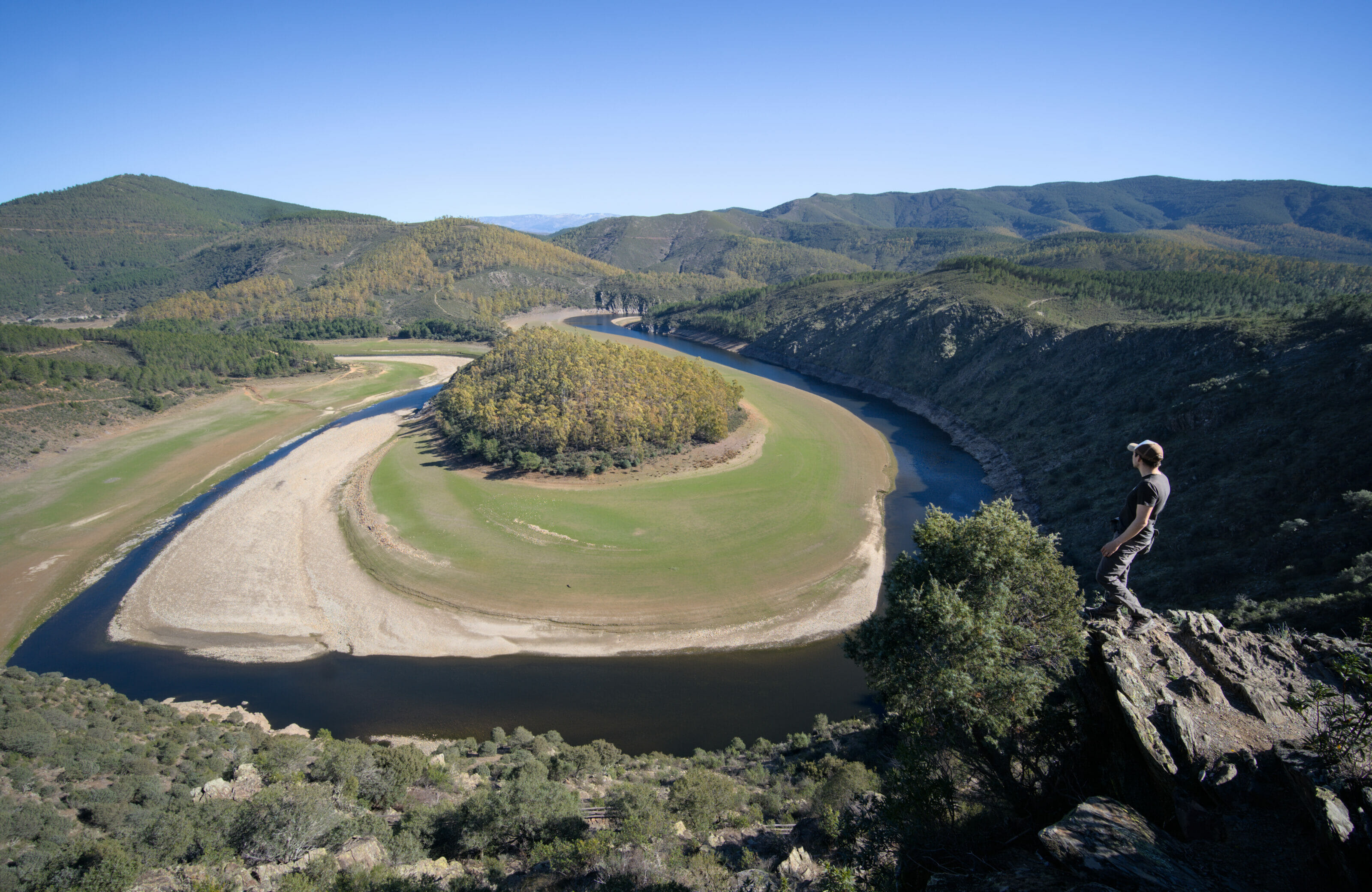
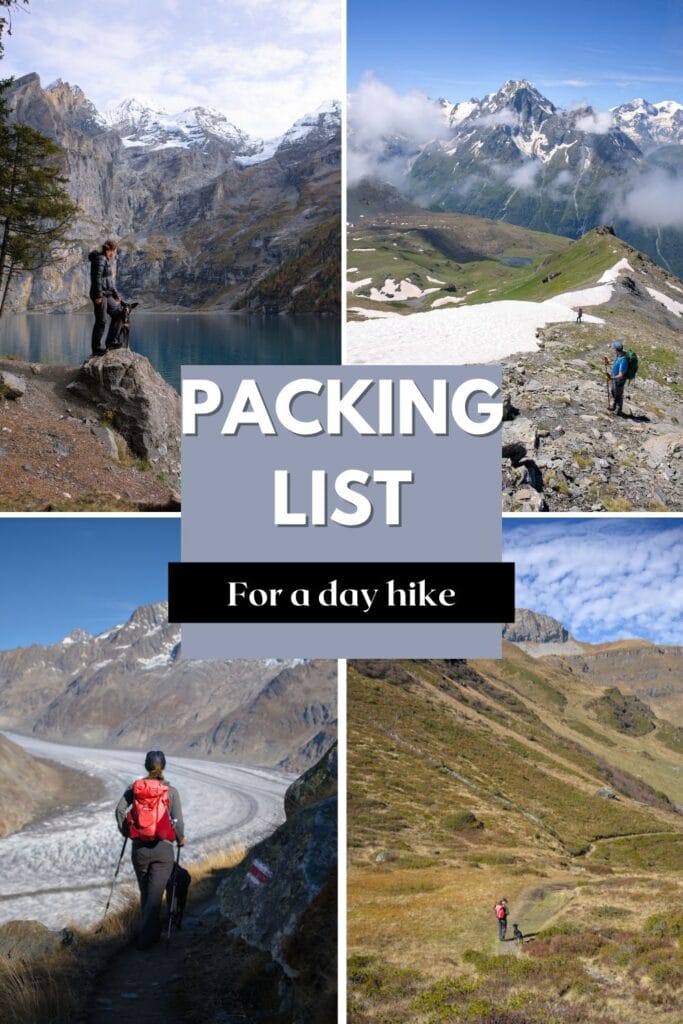
Join the discussion